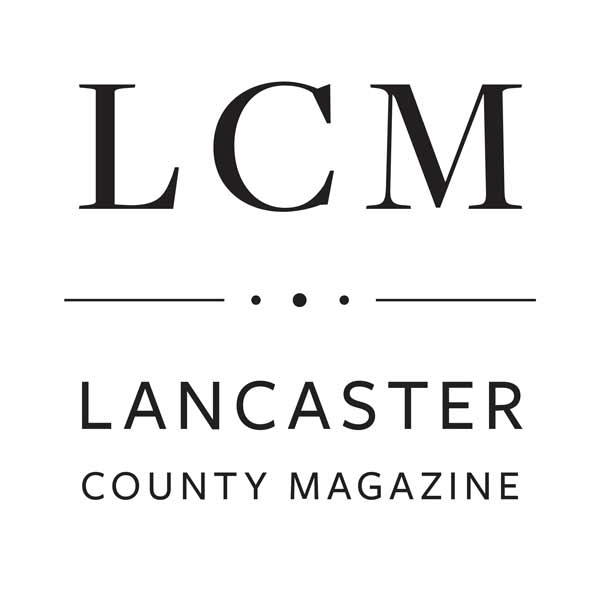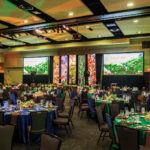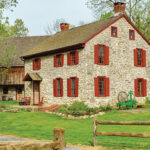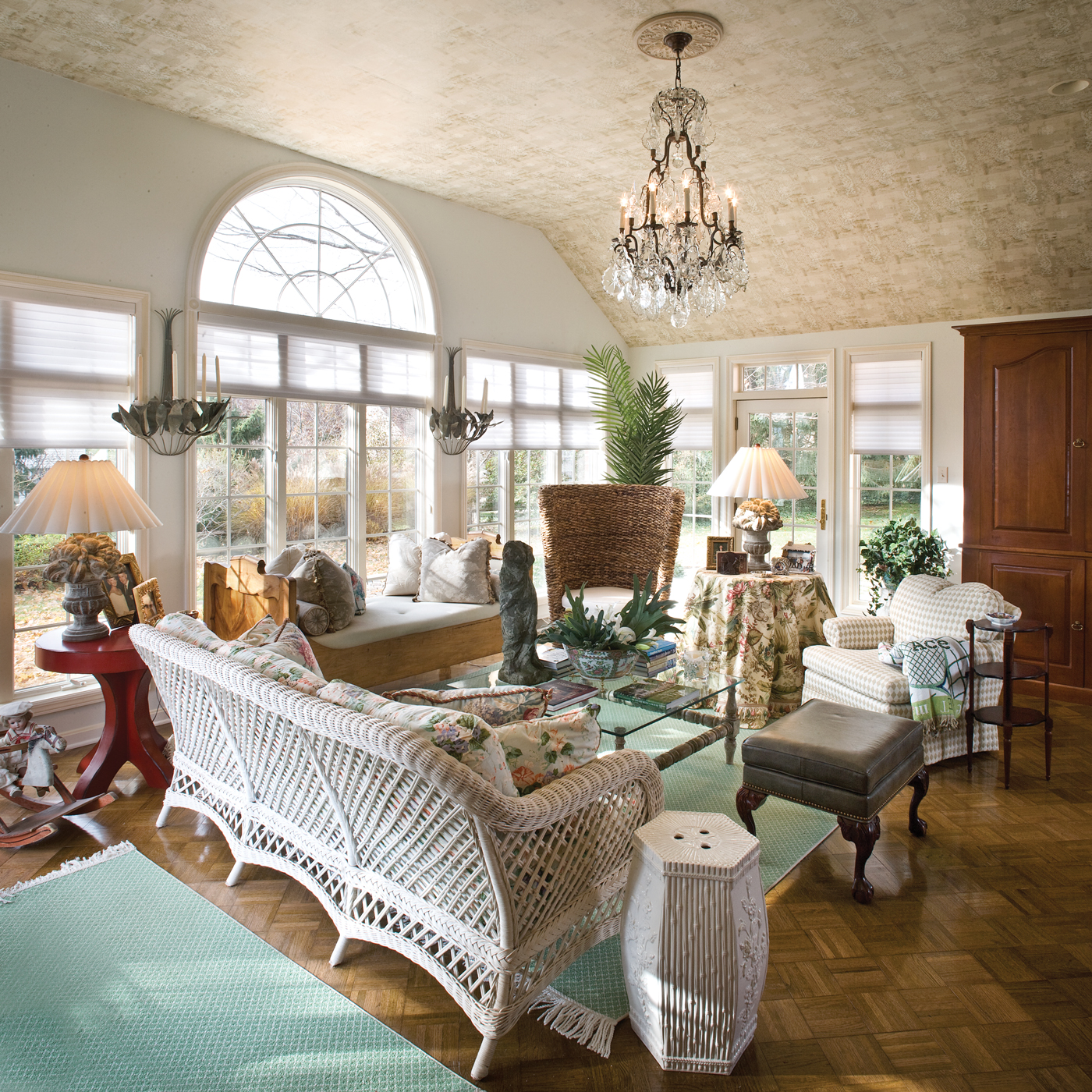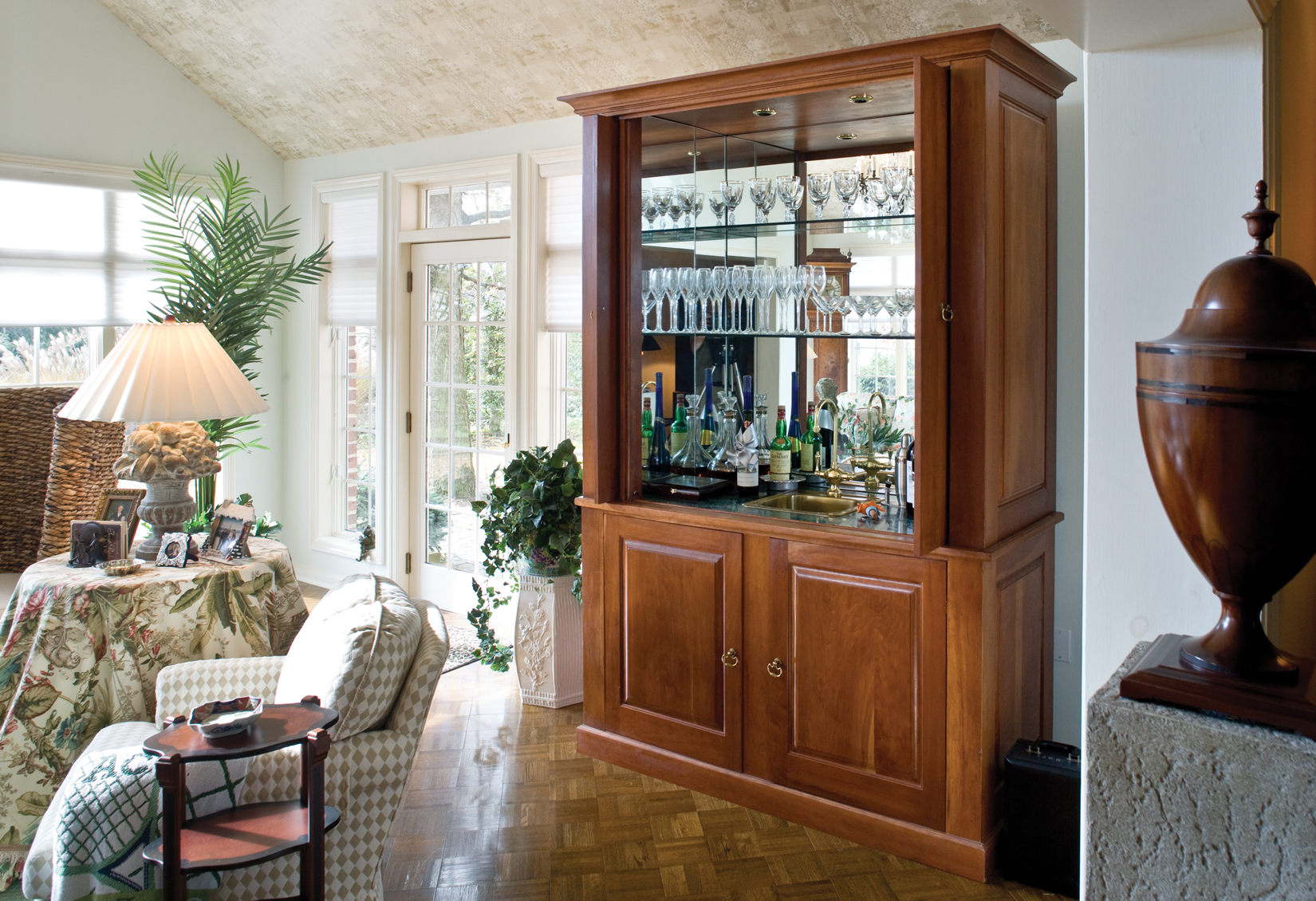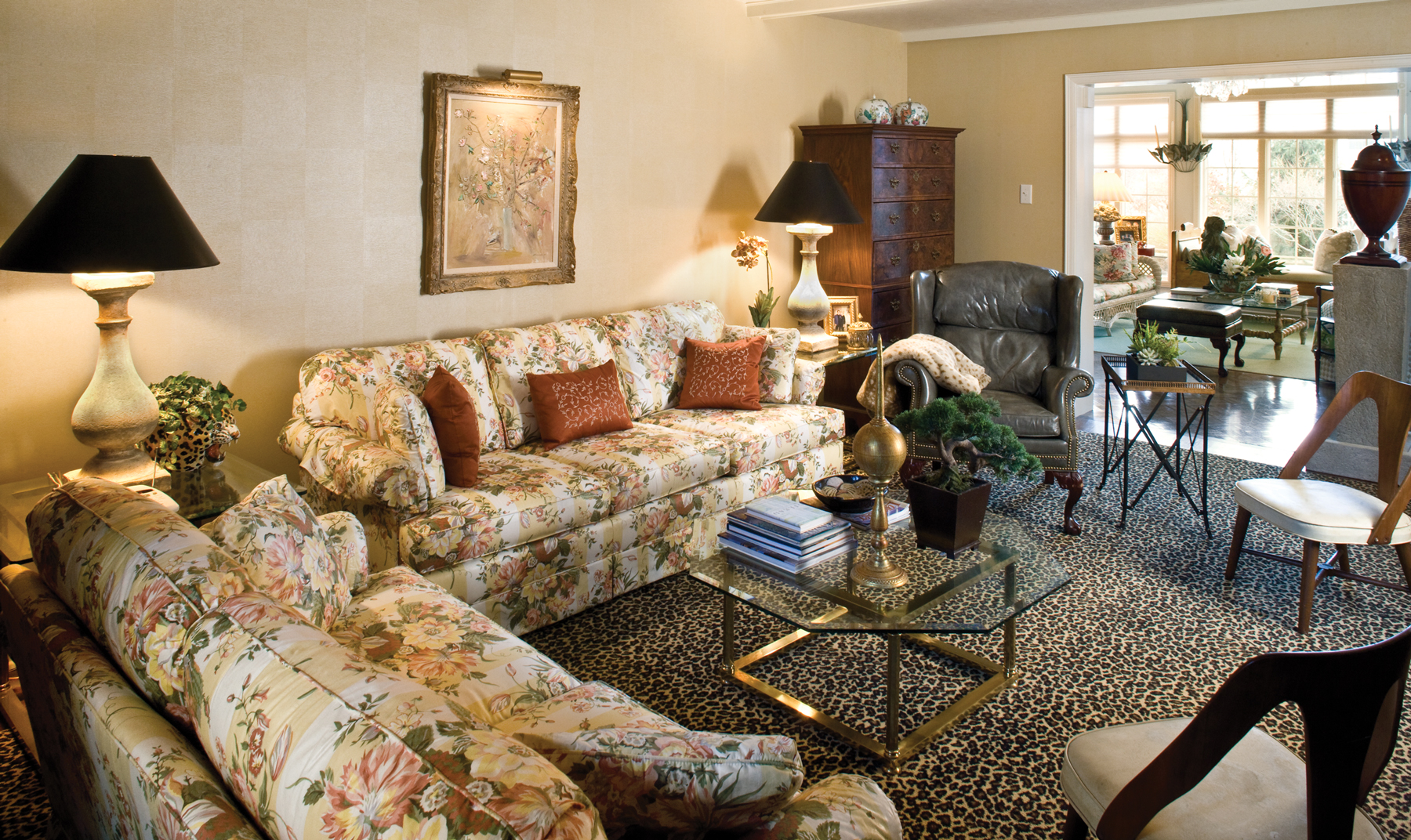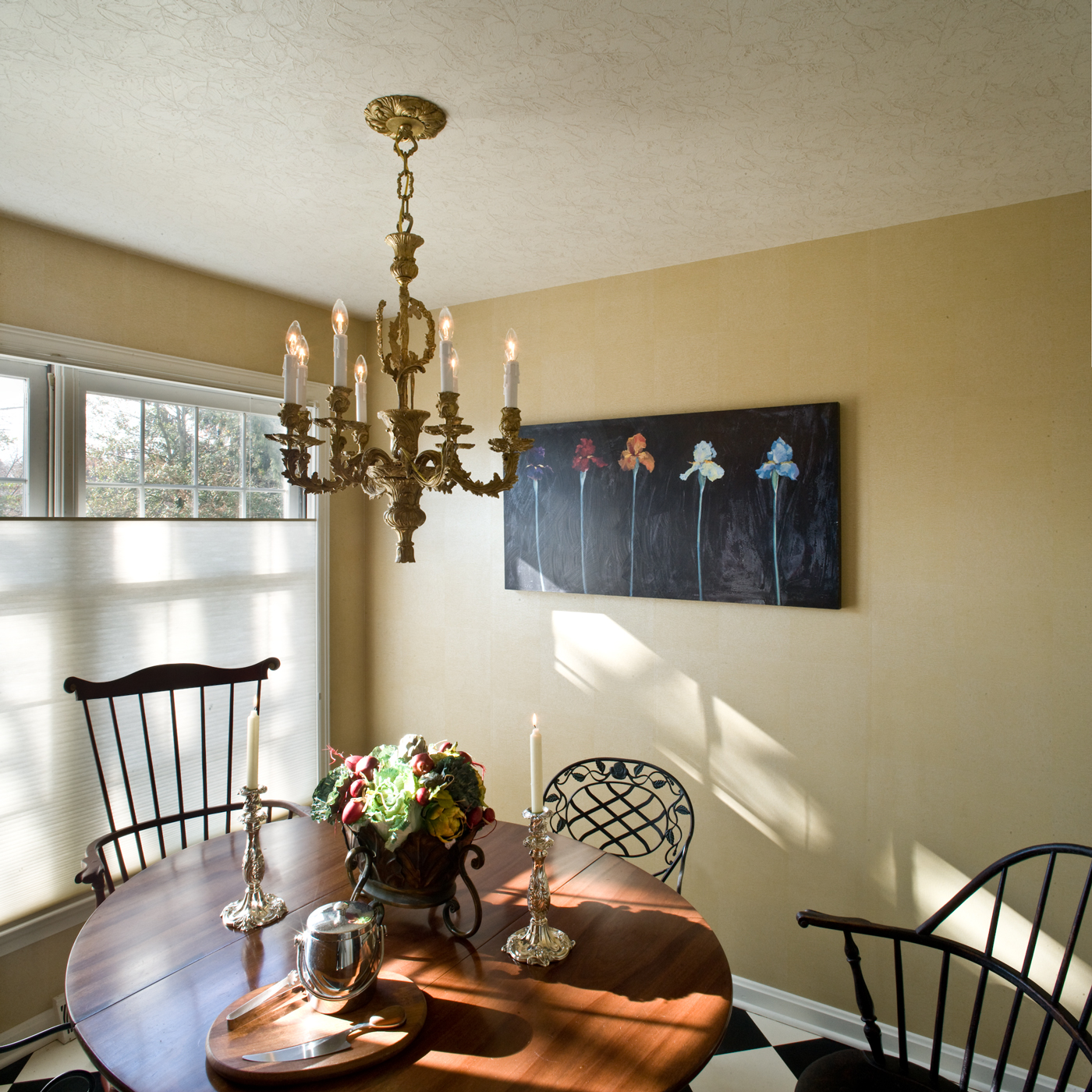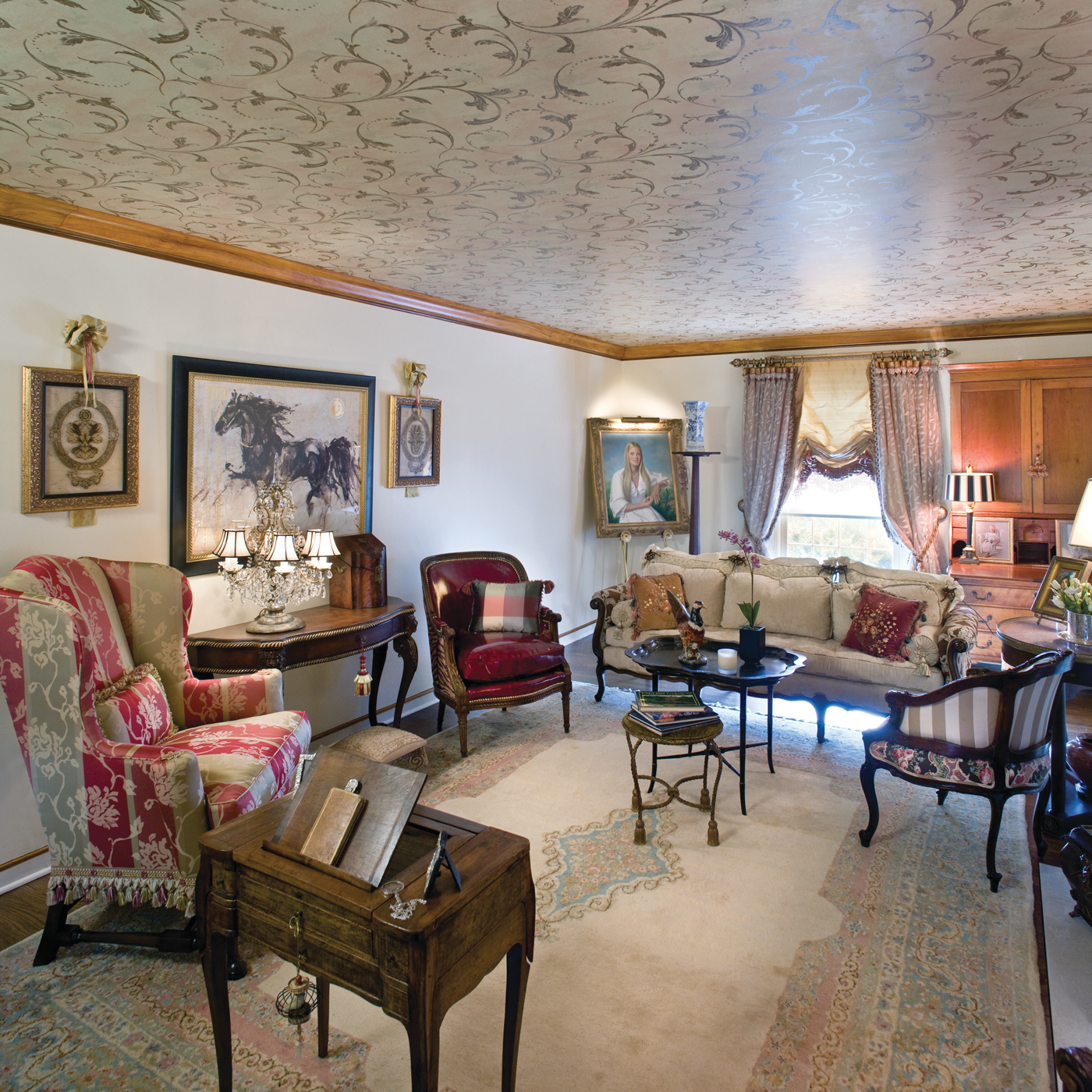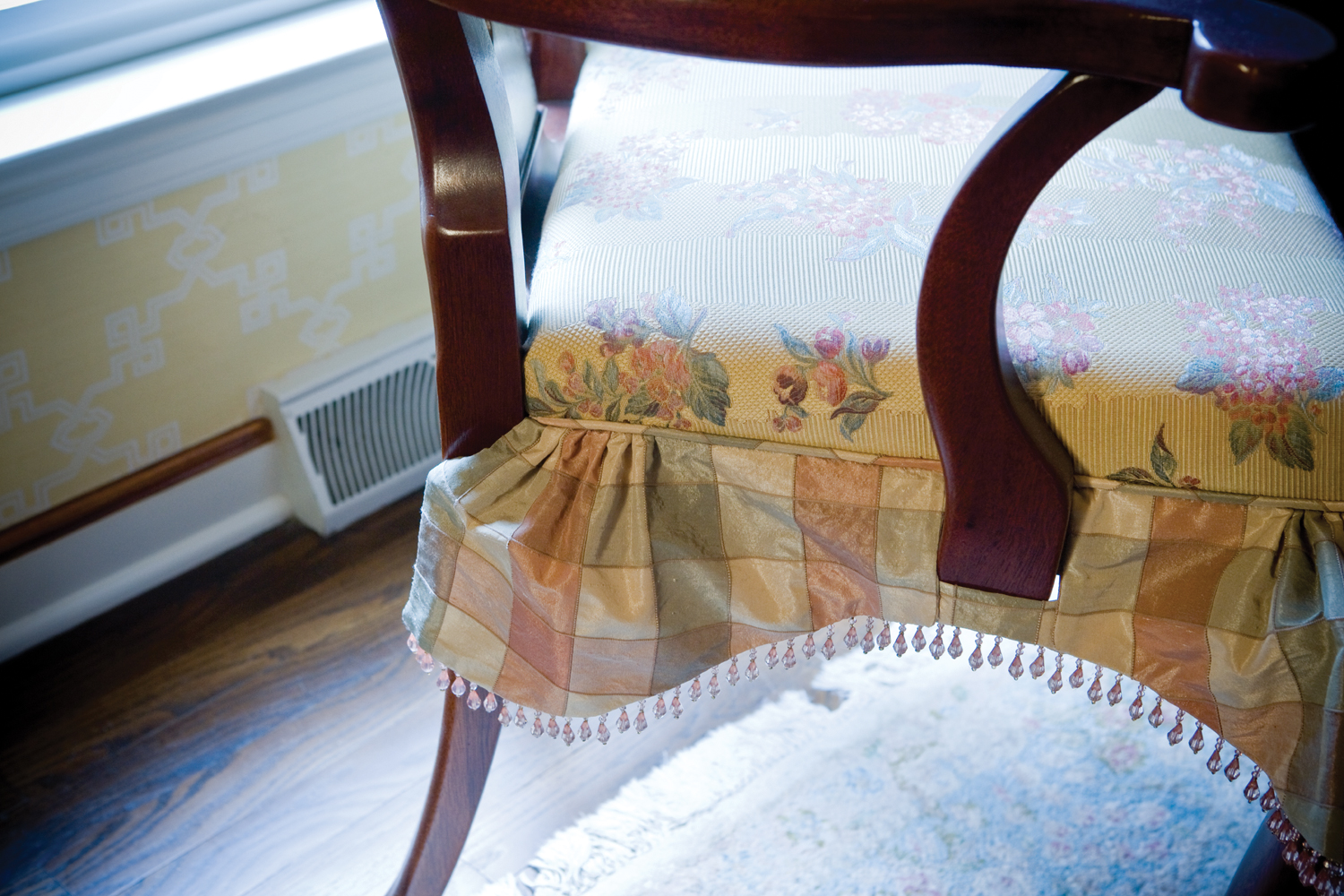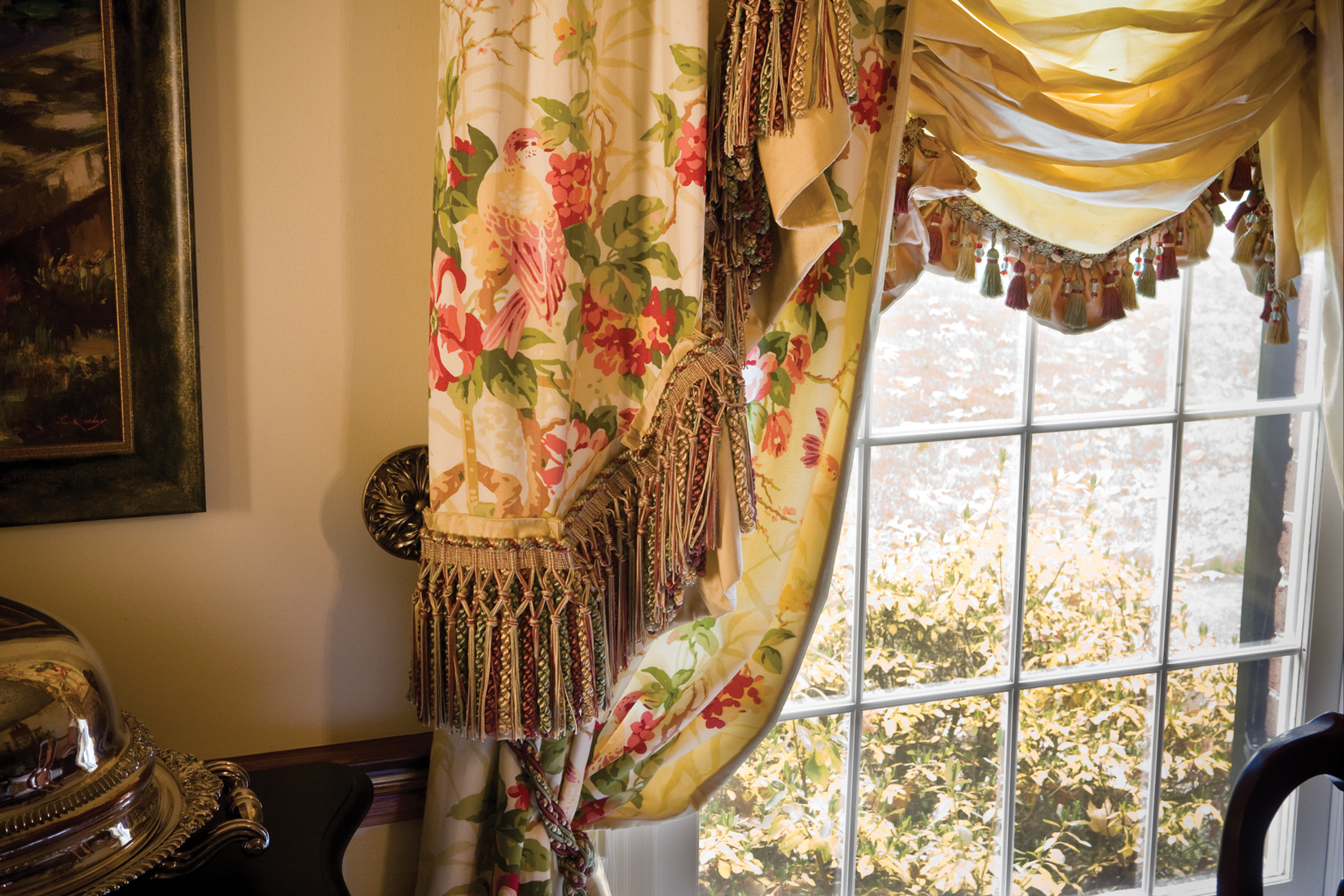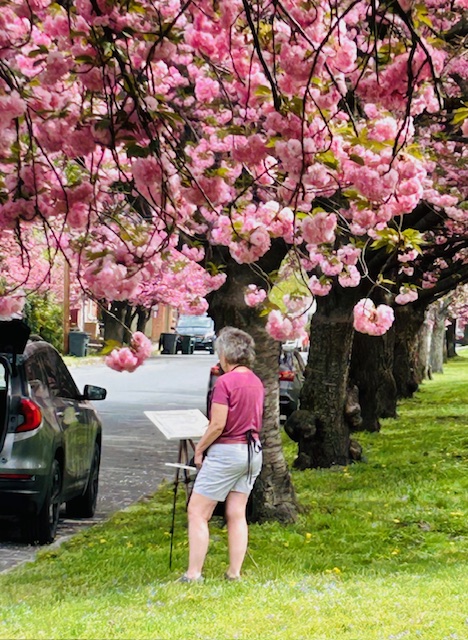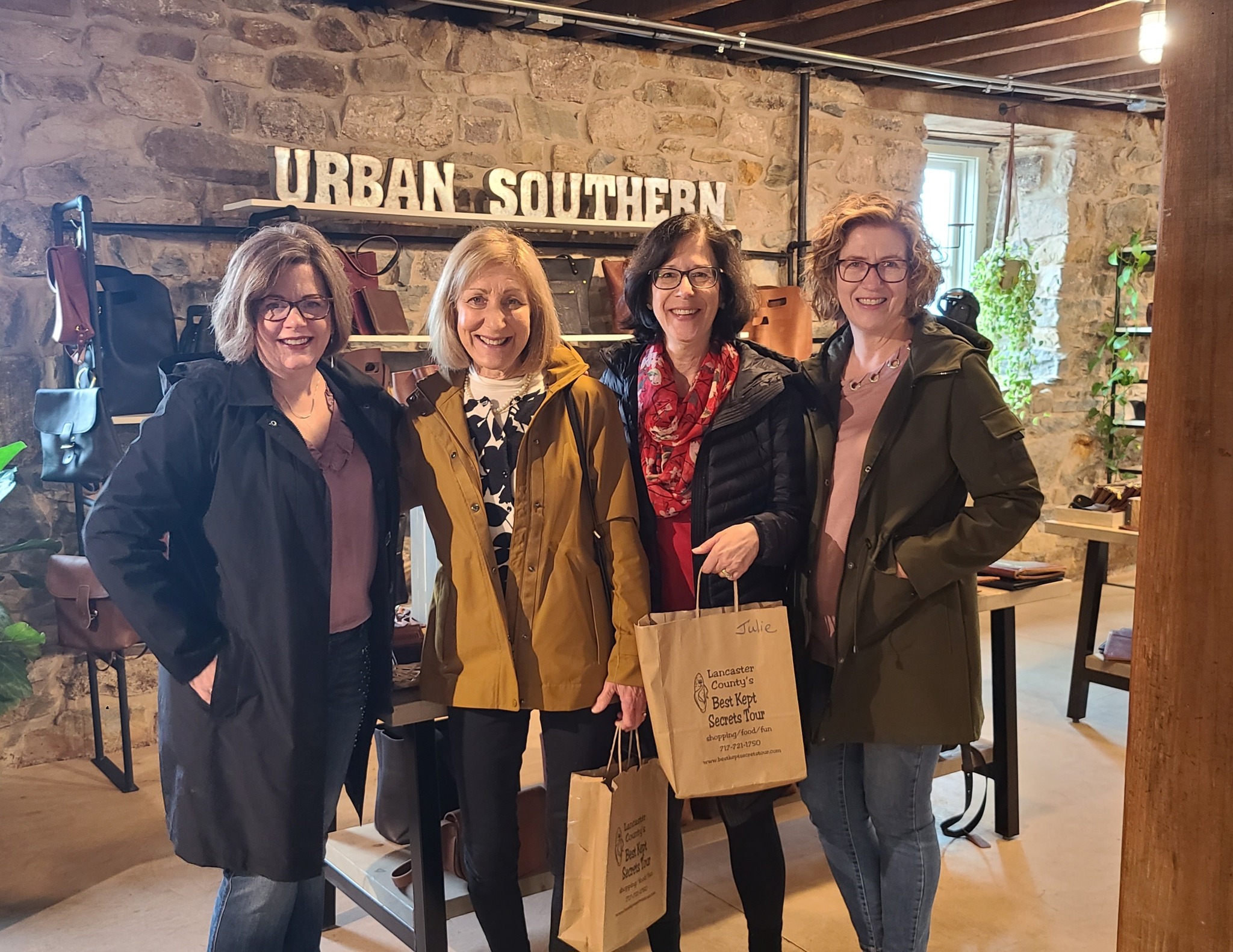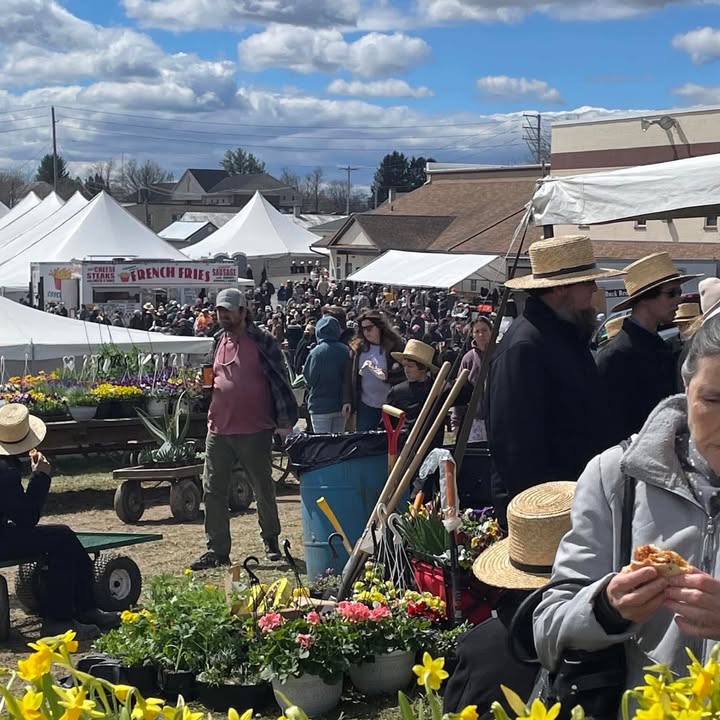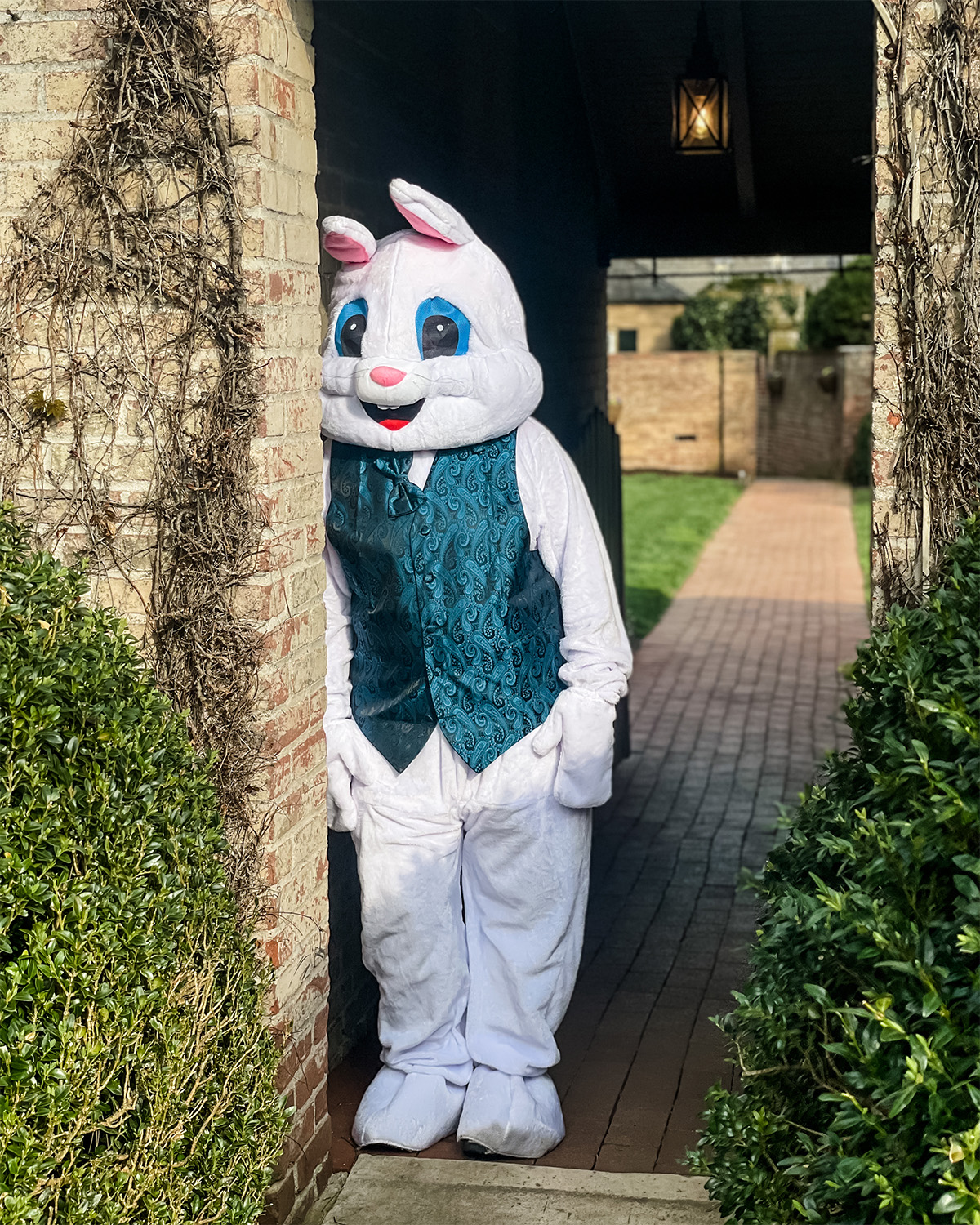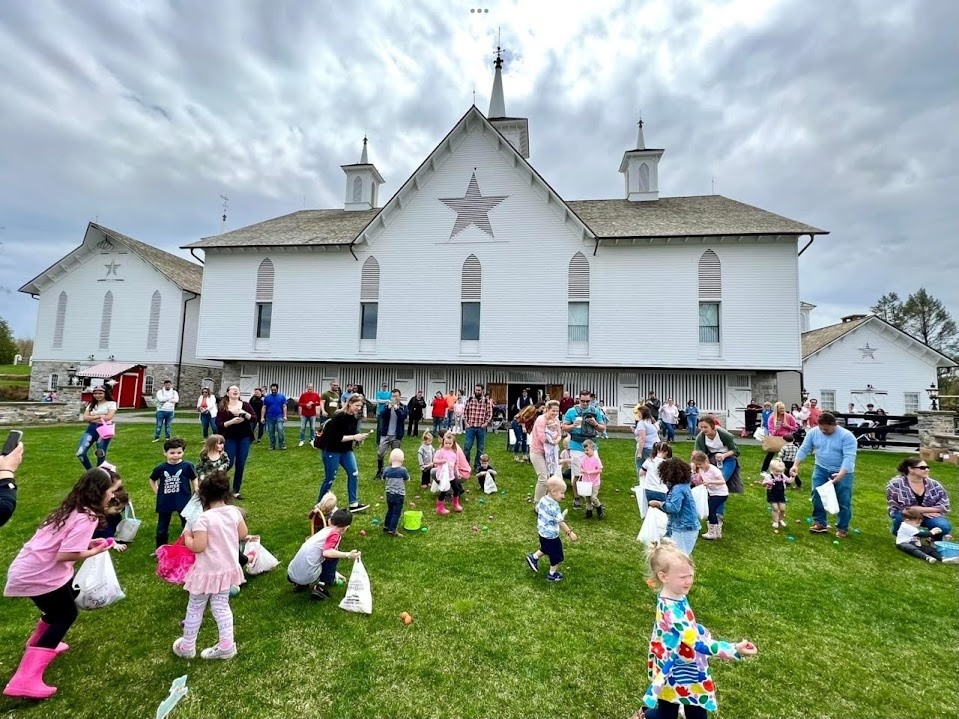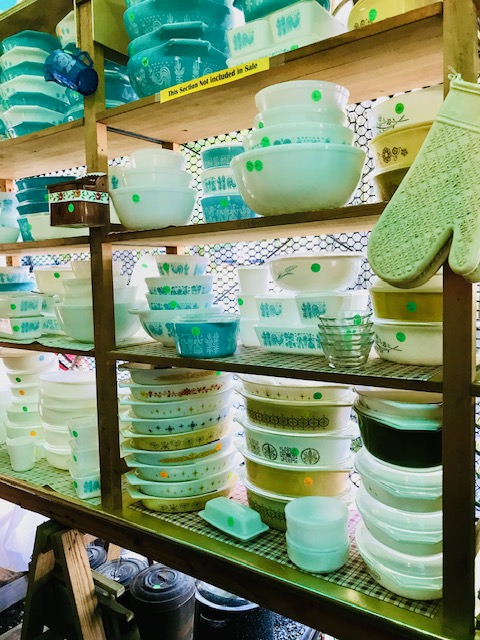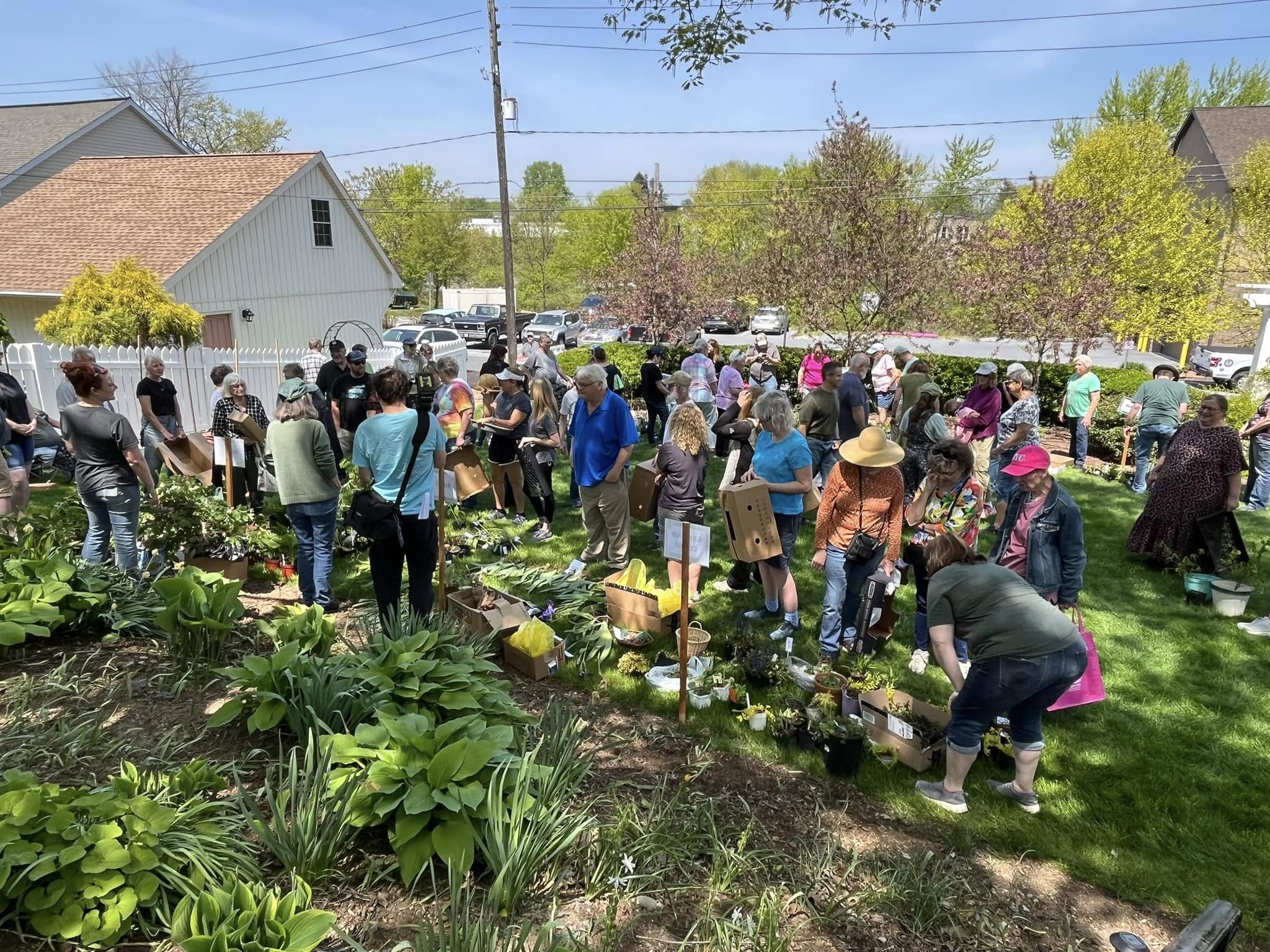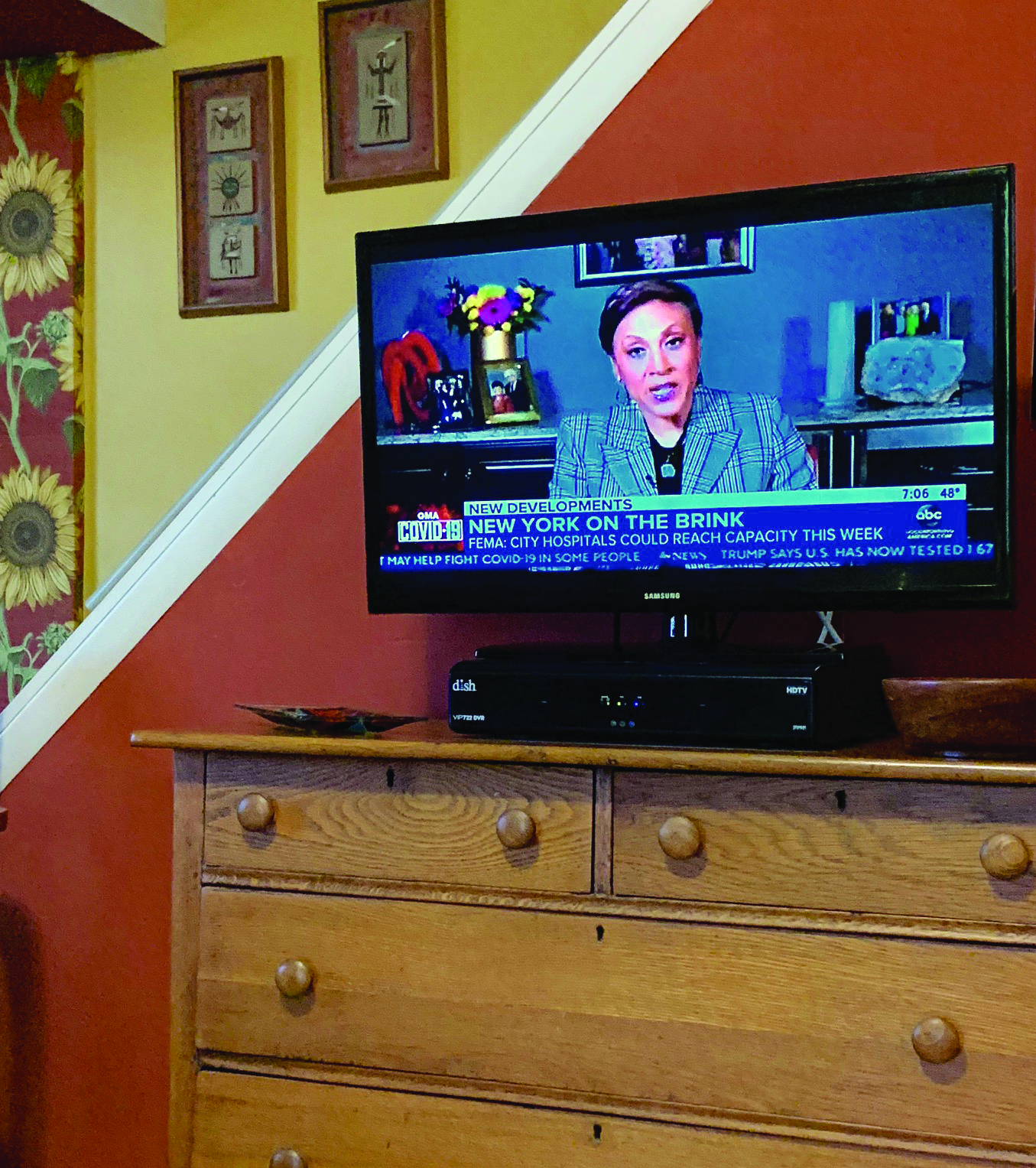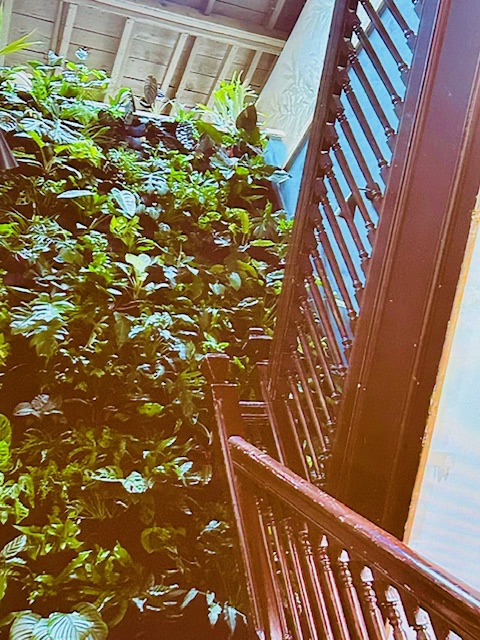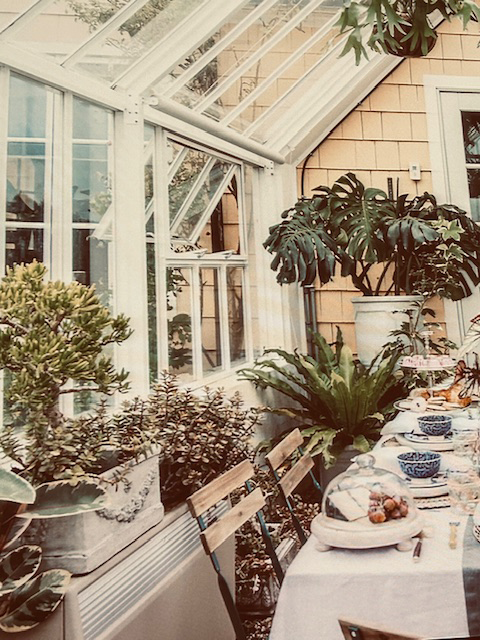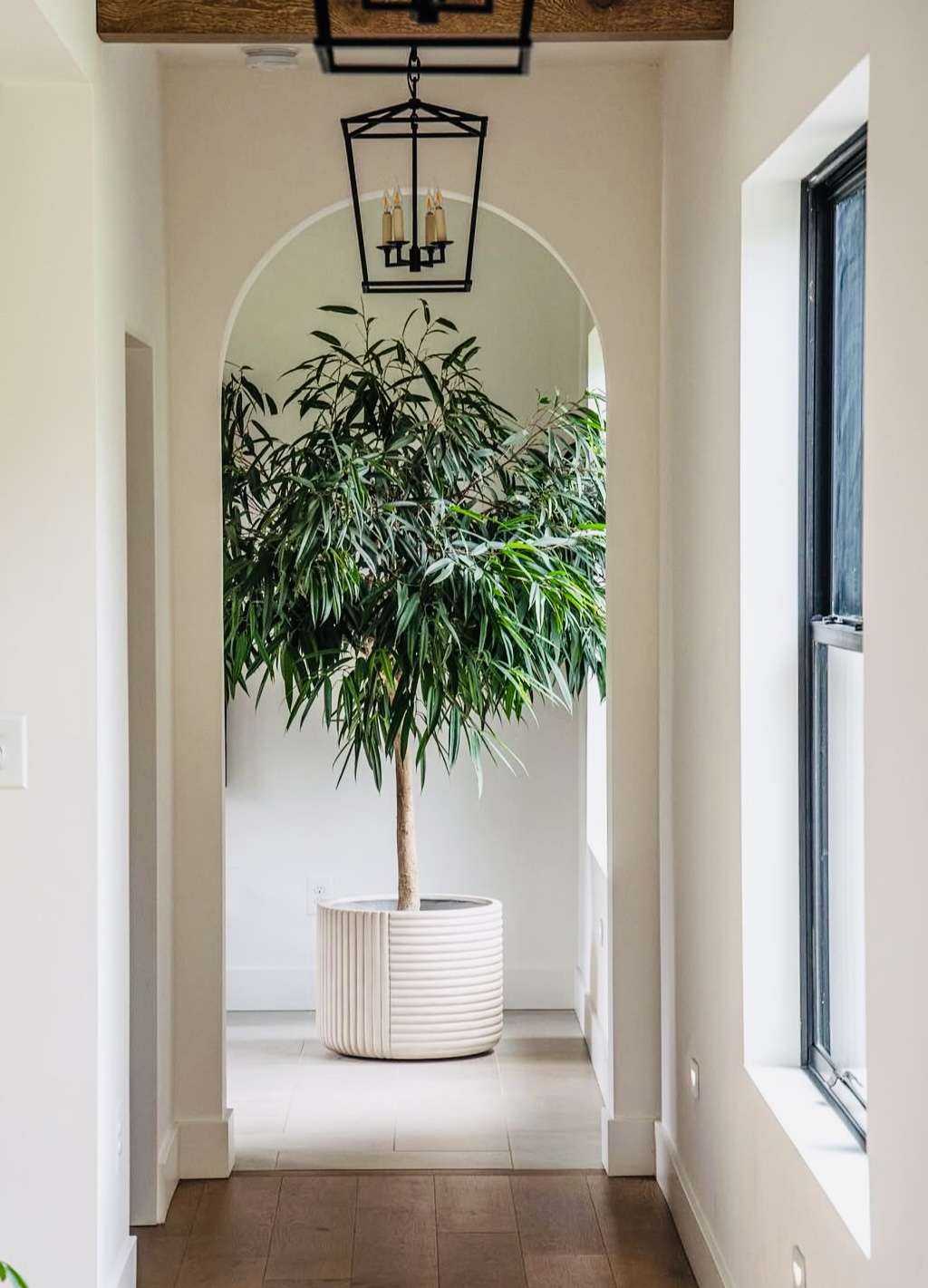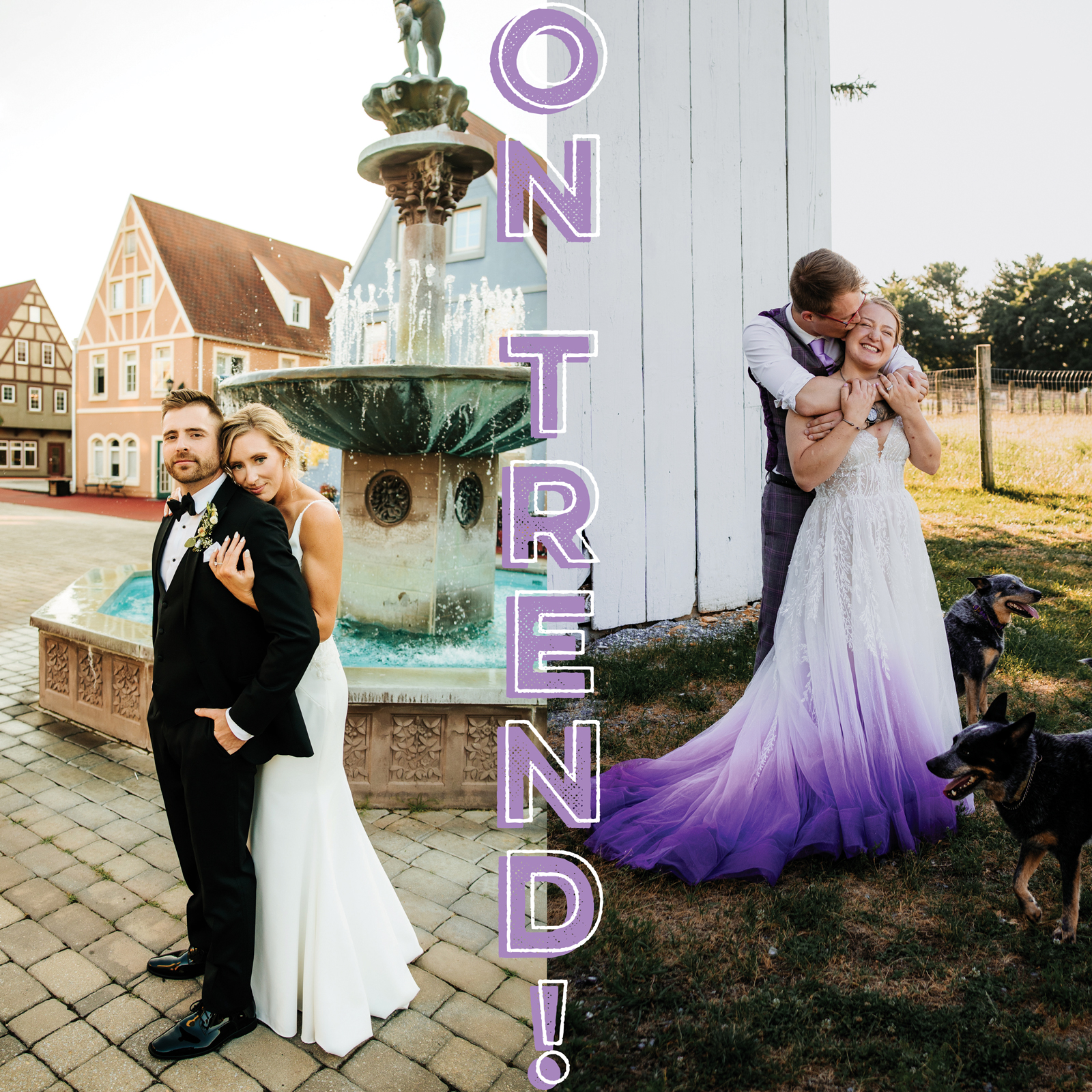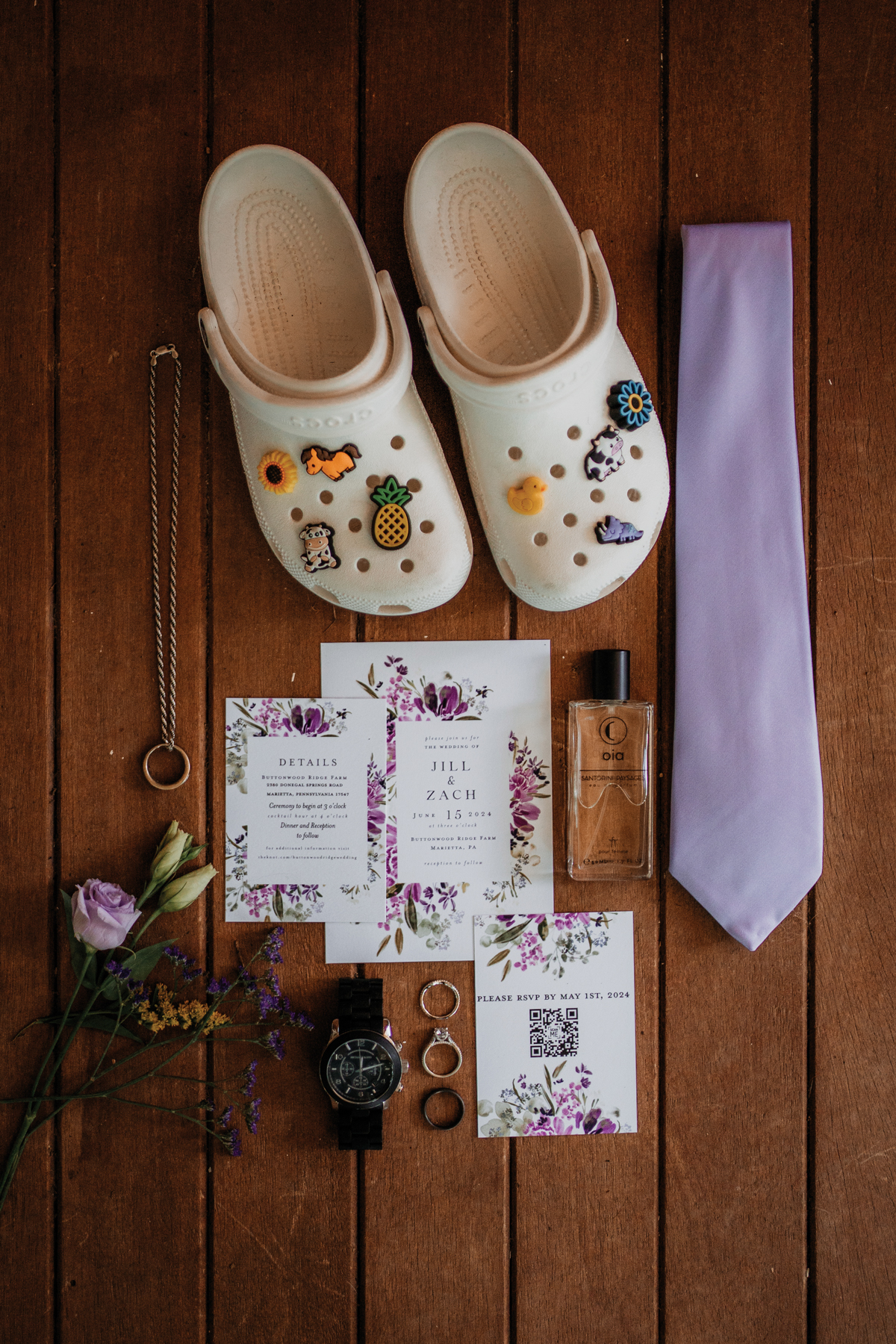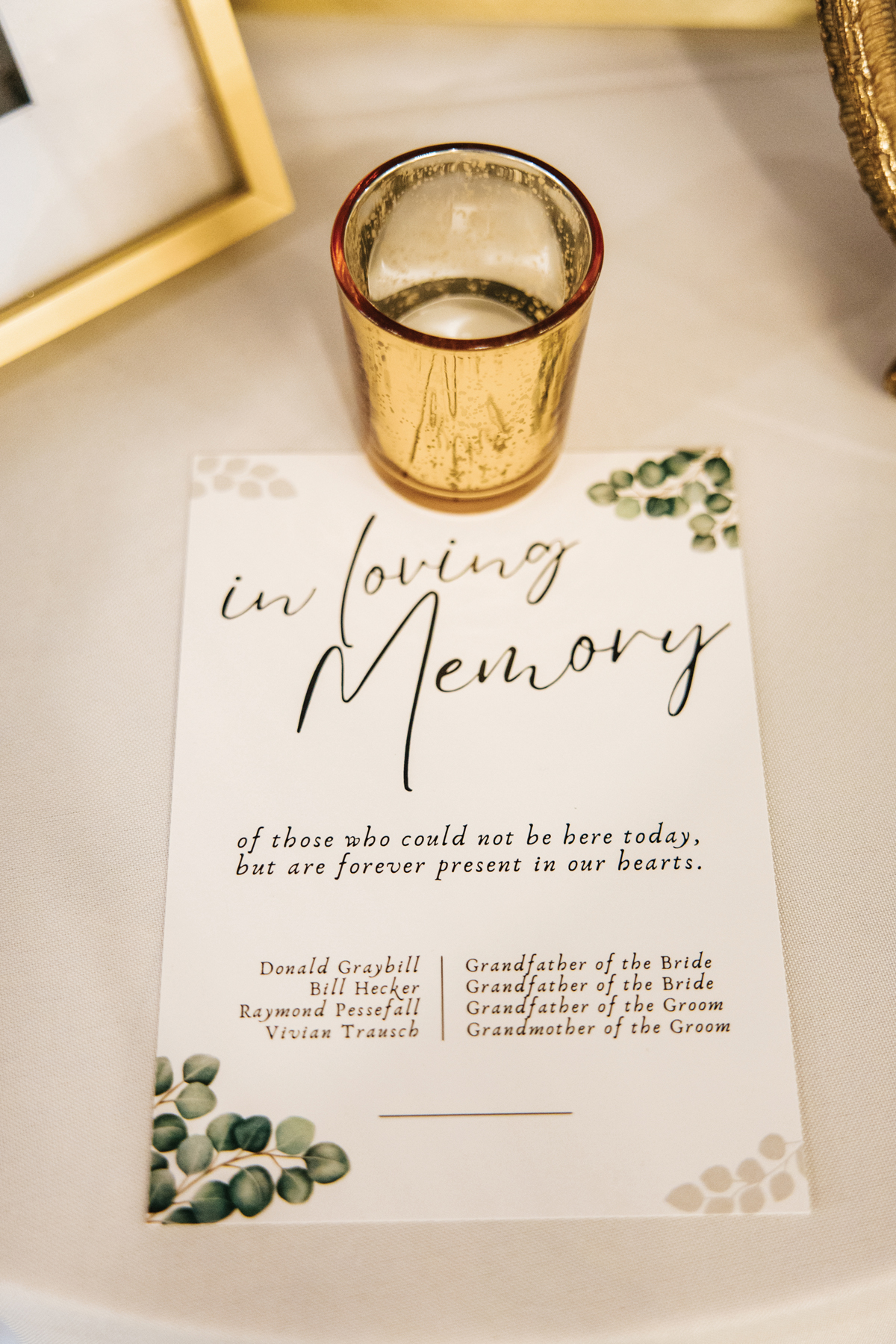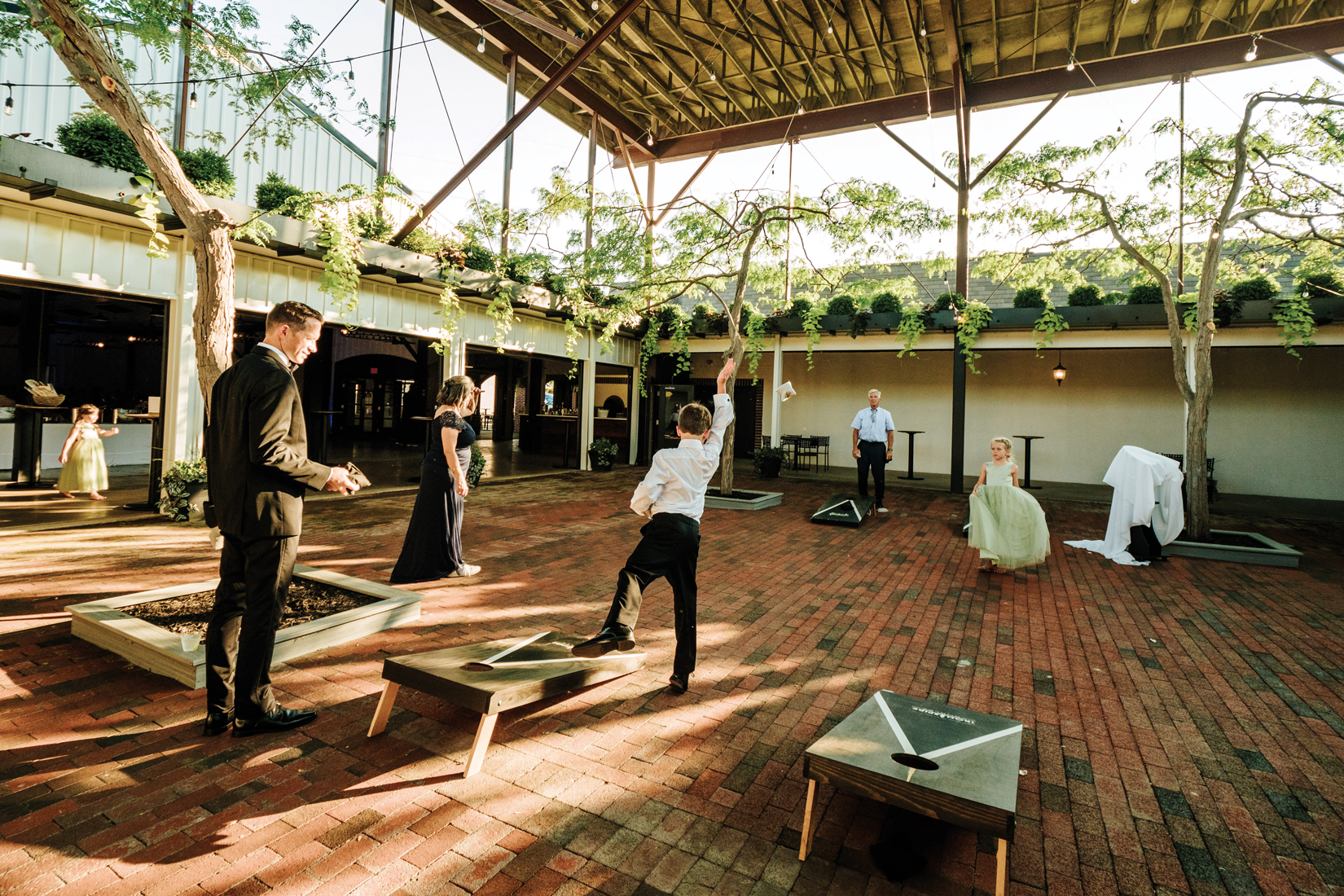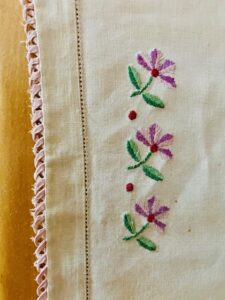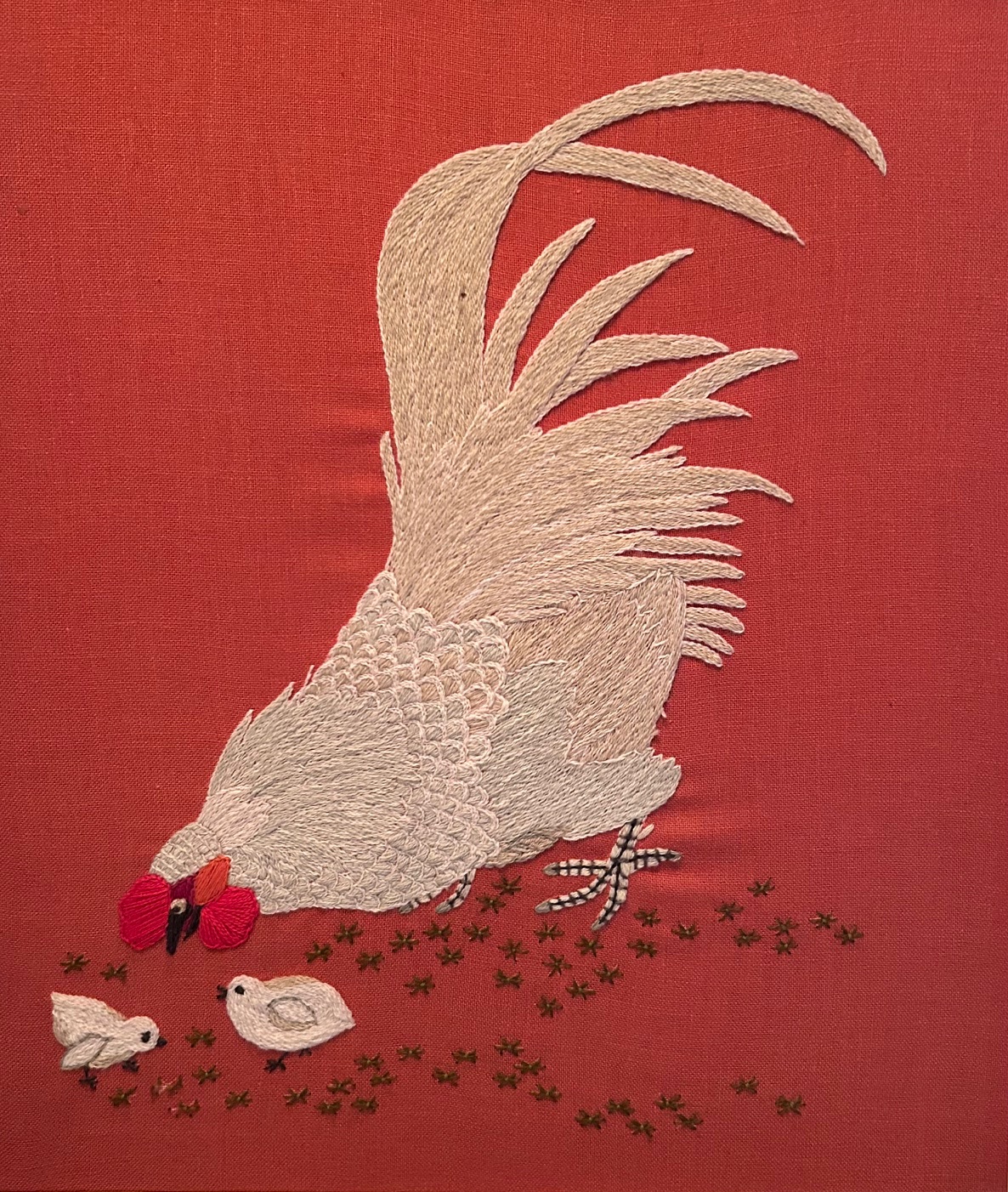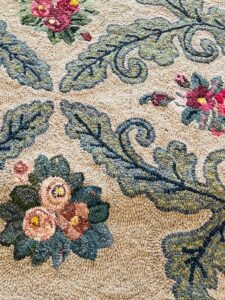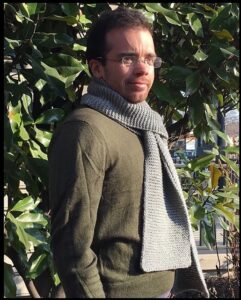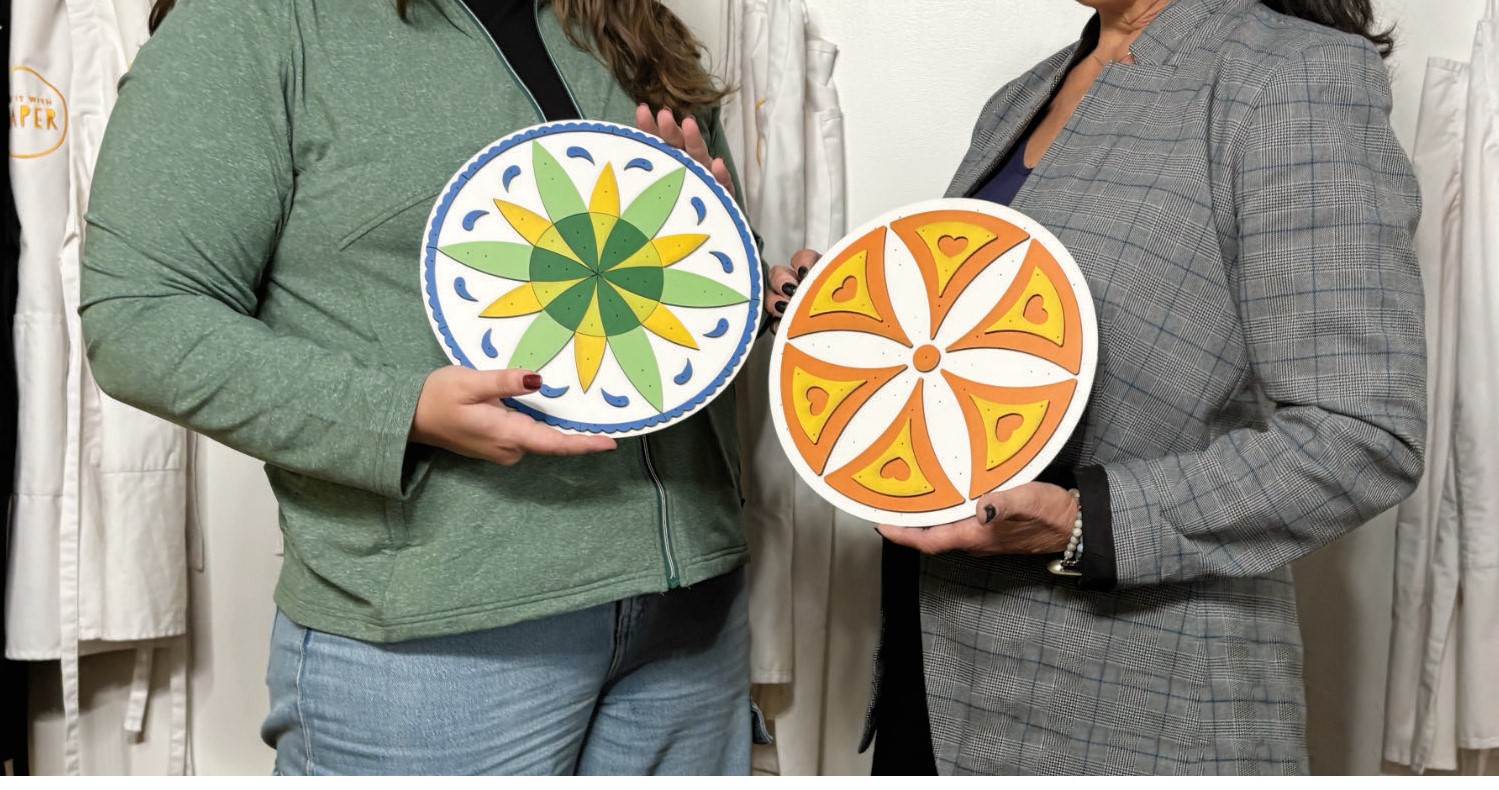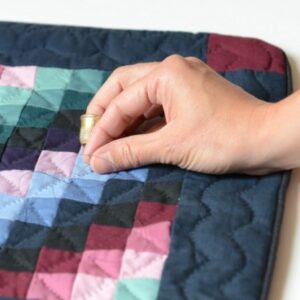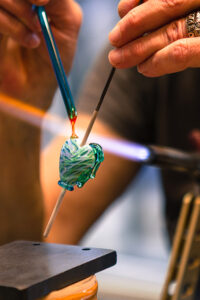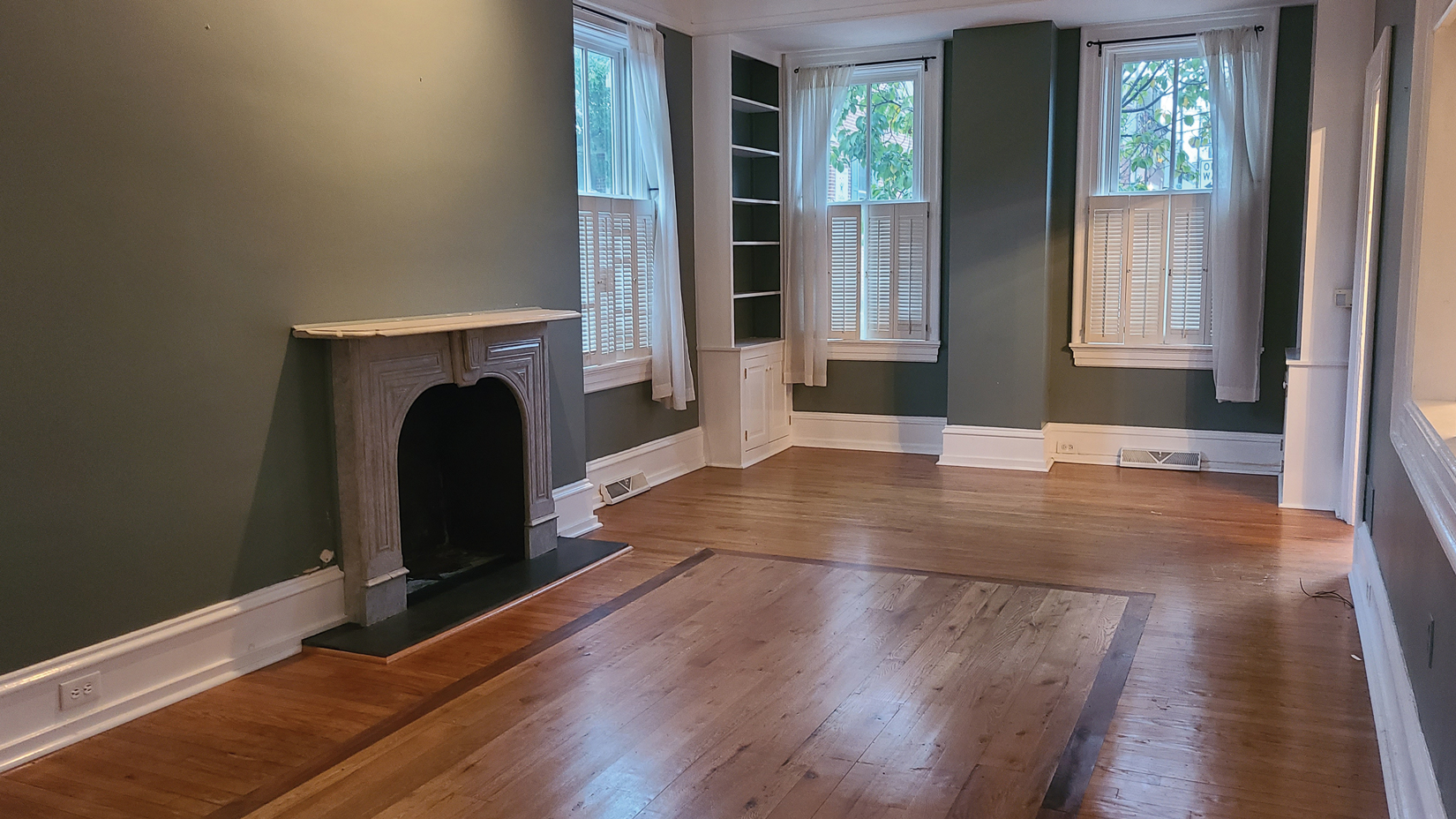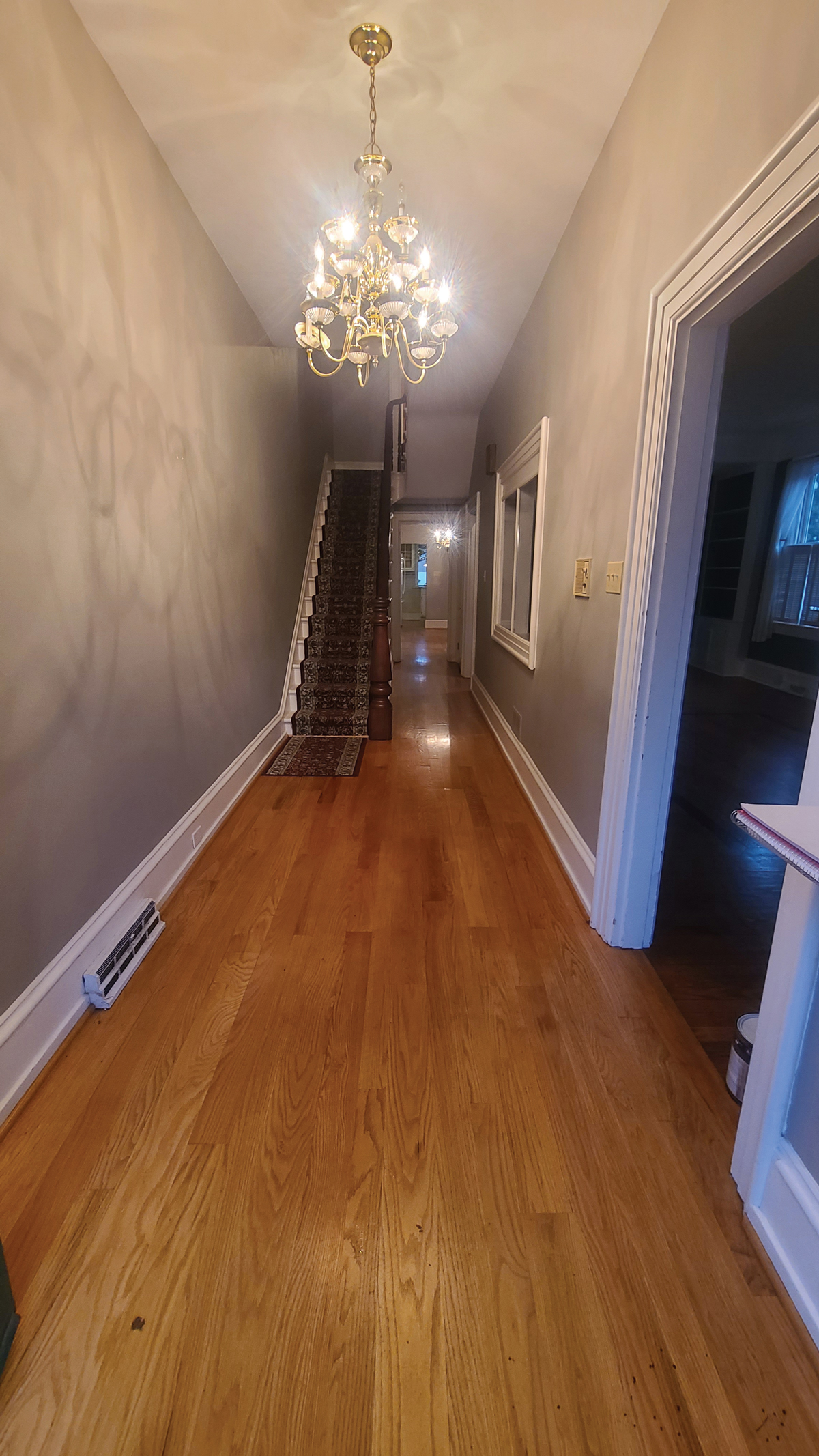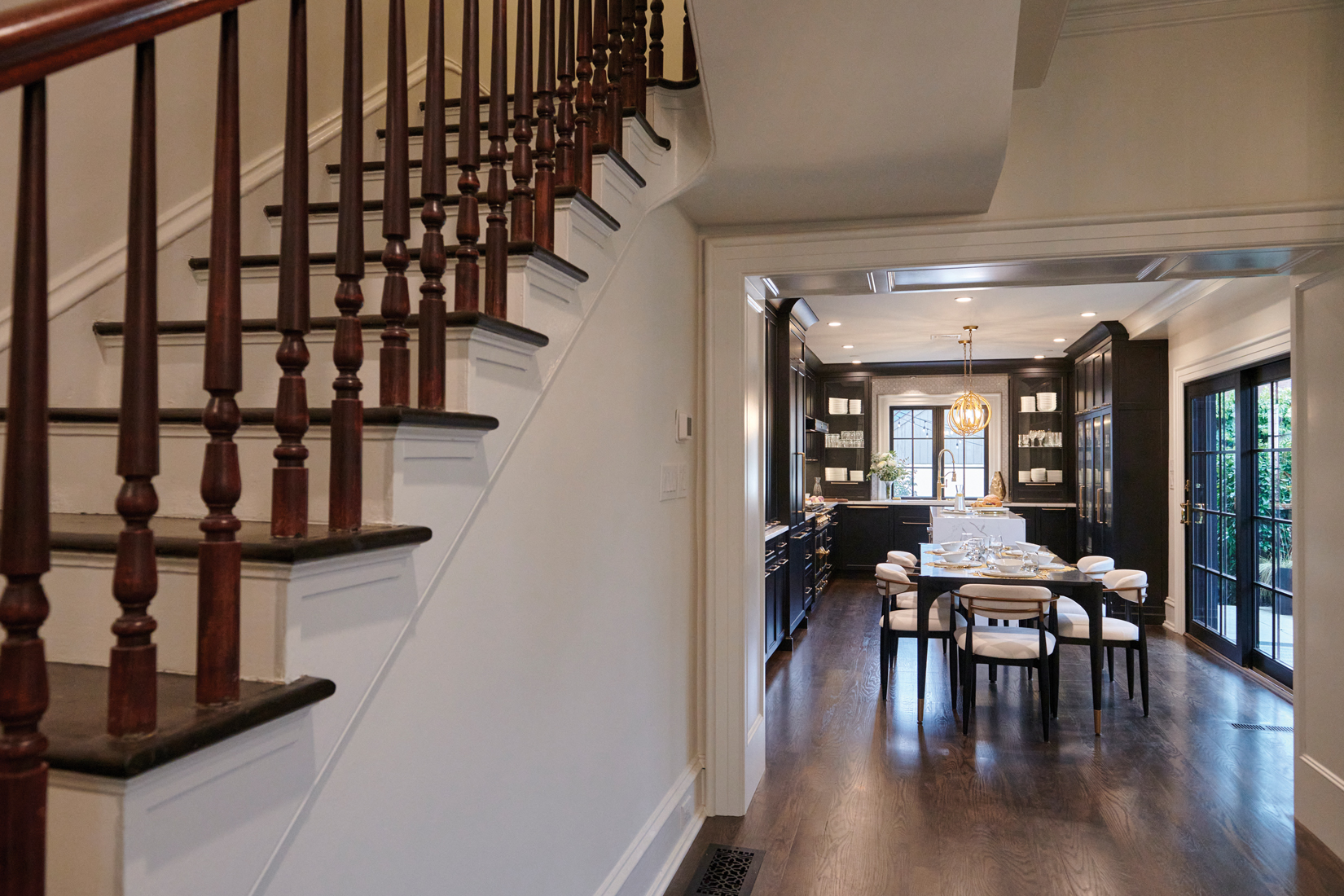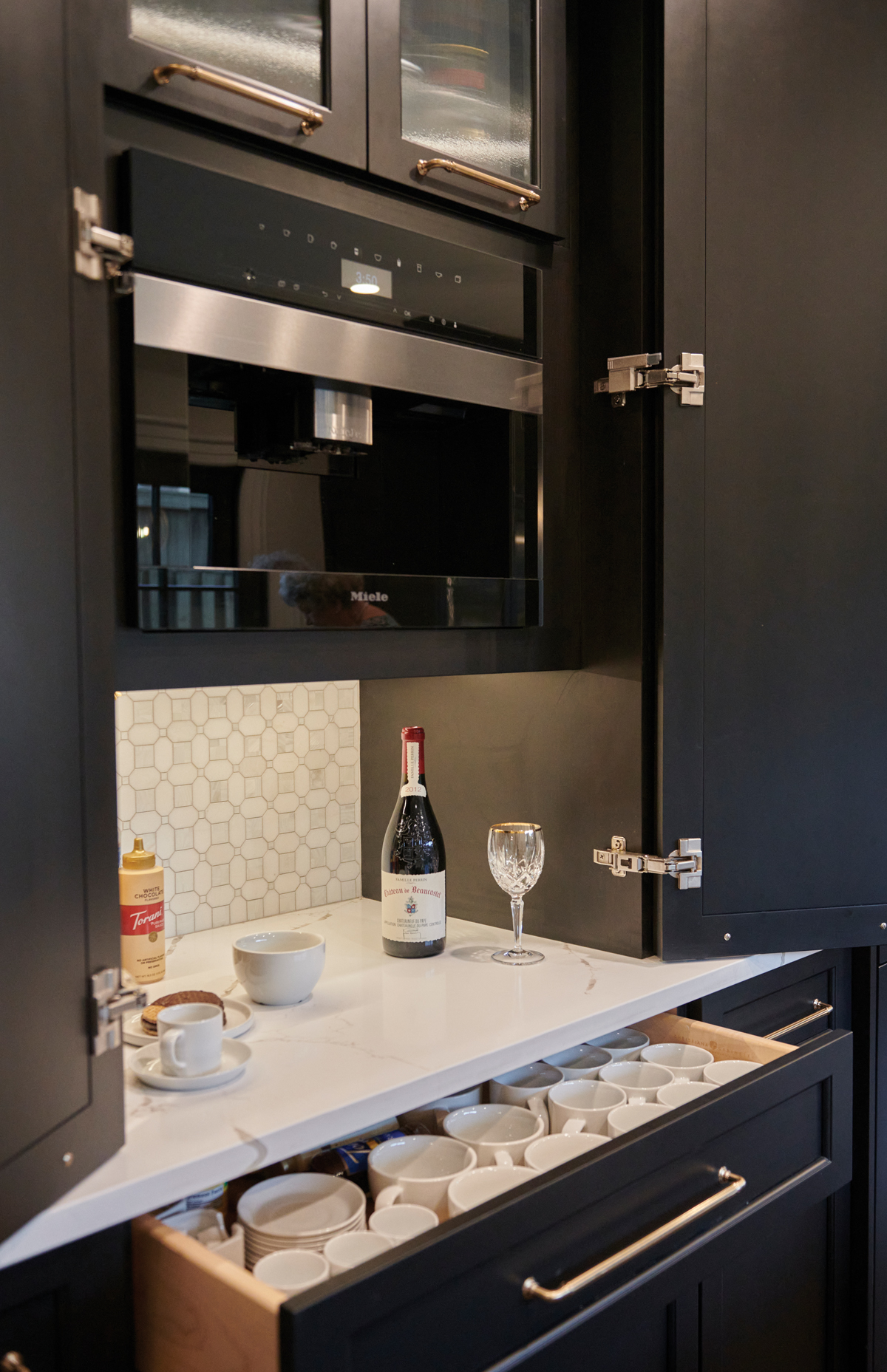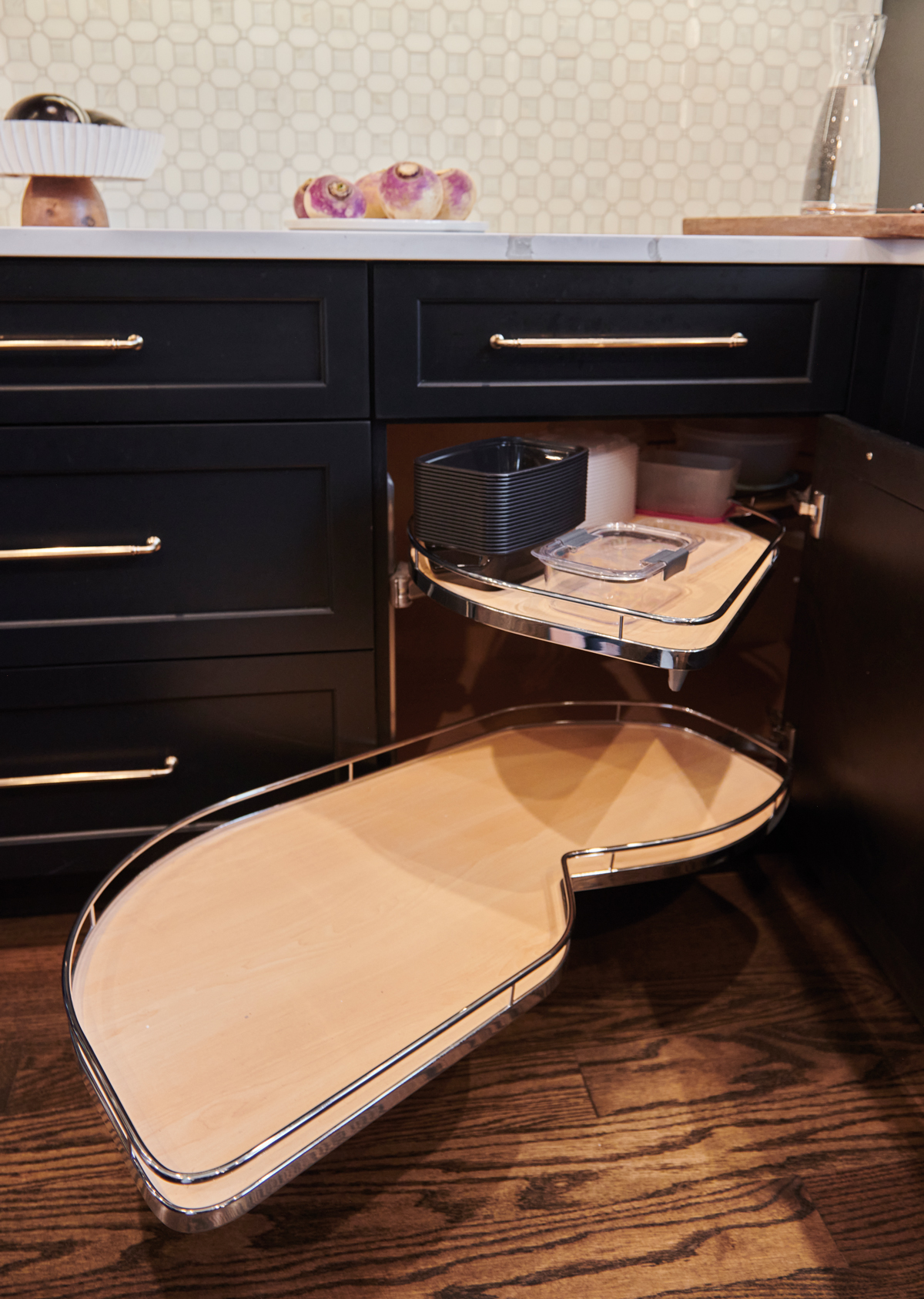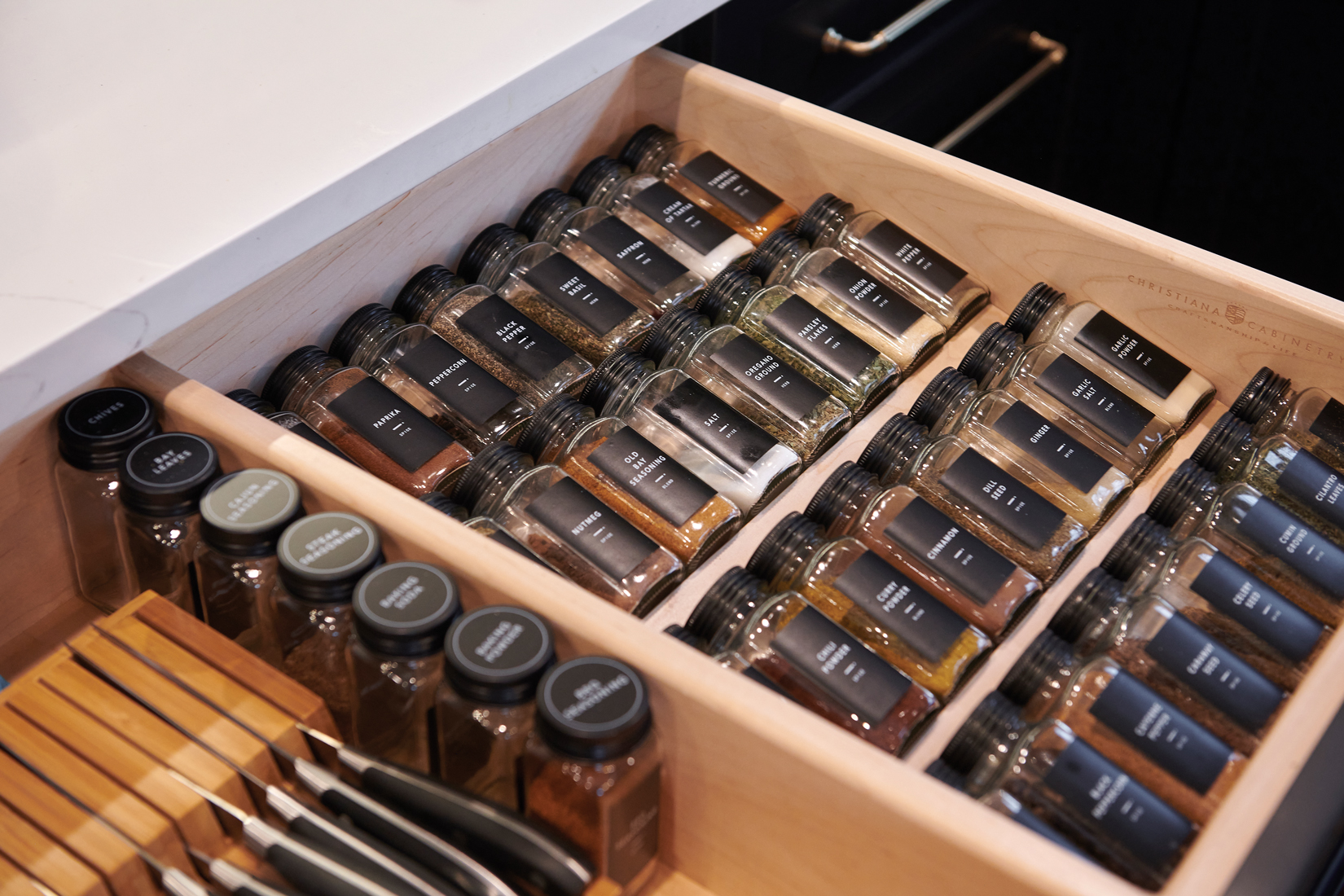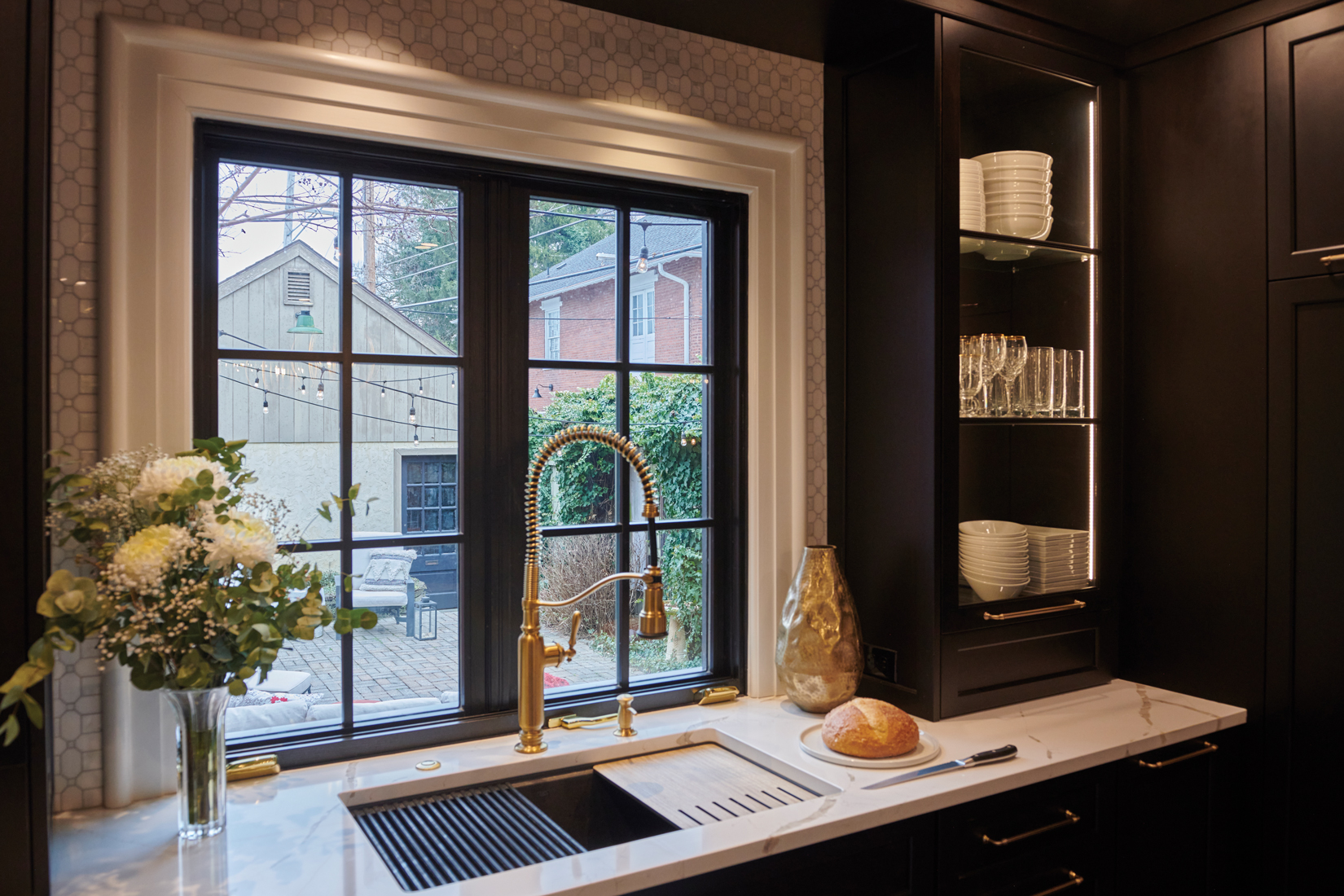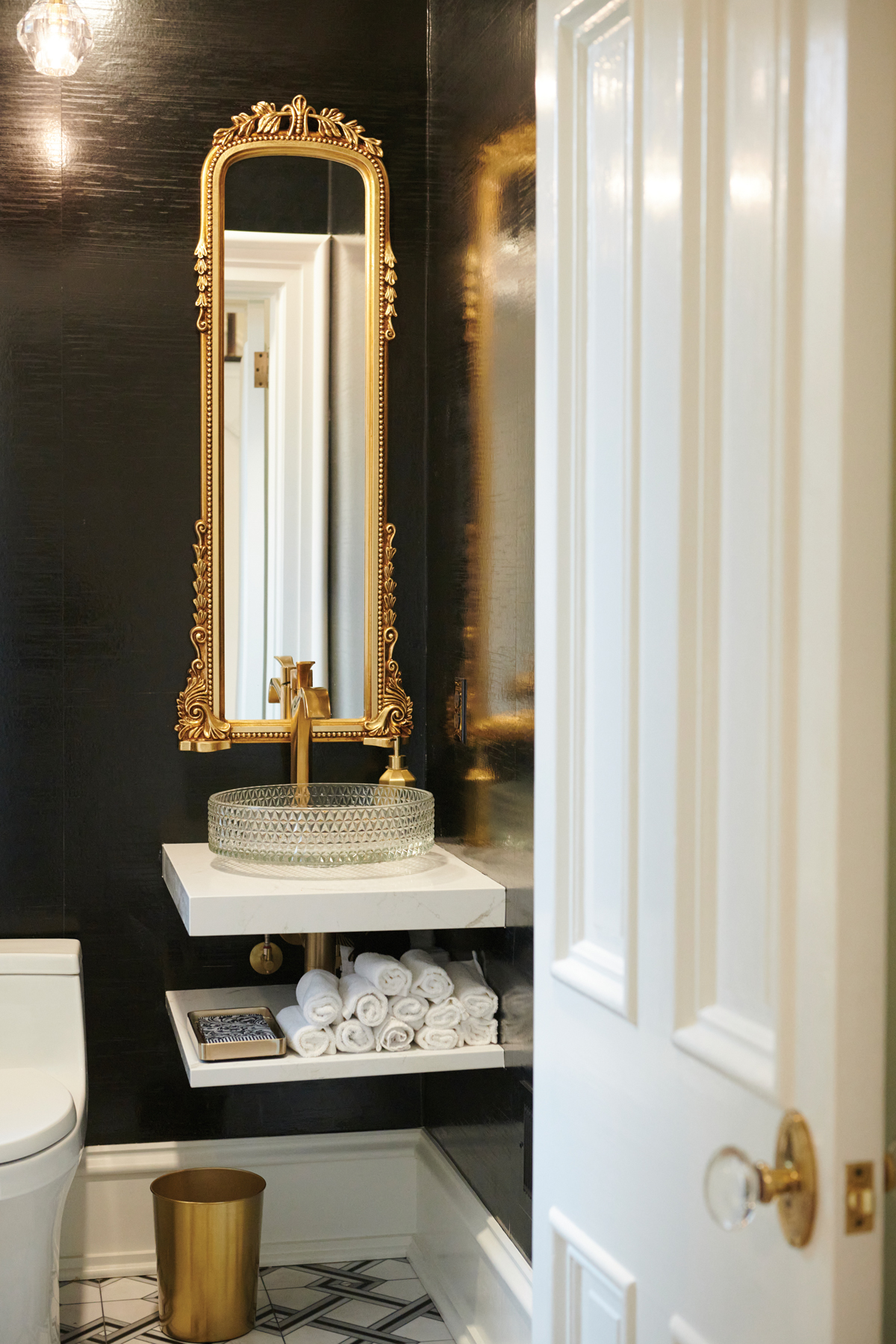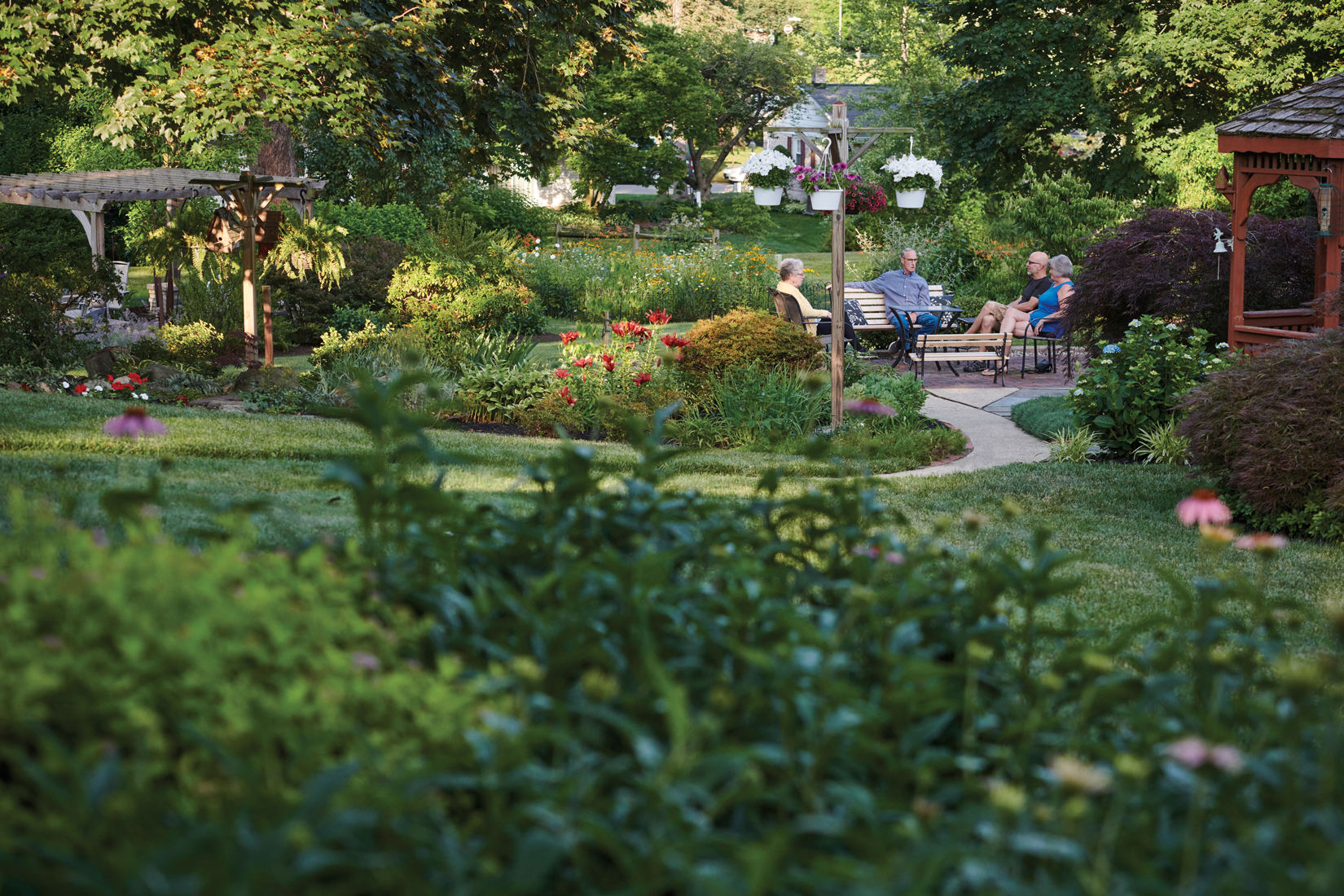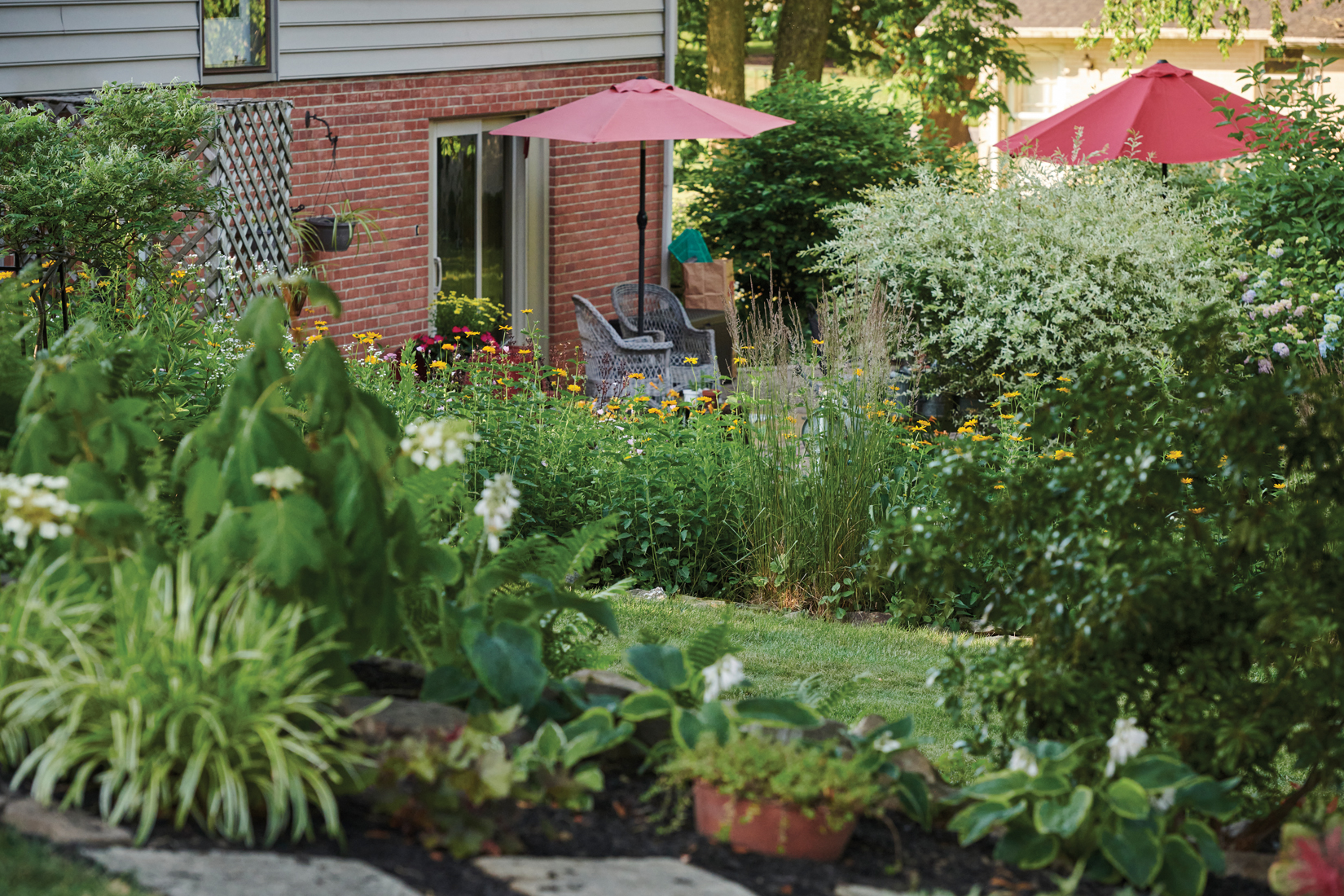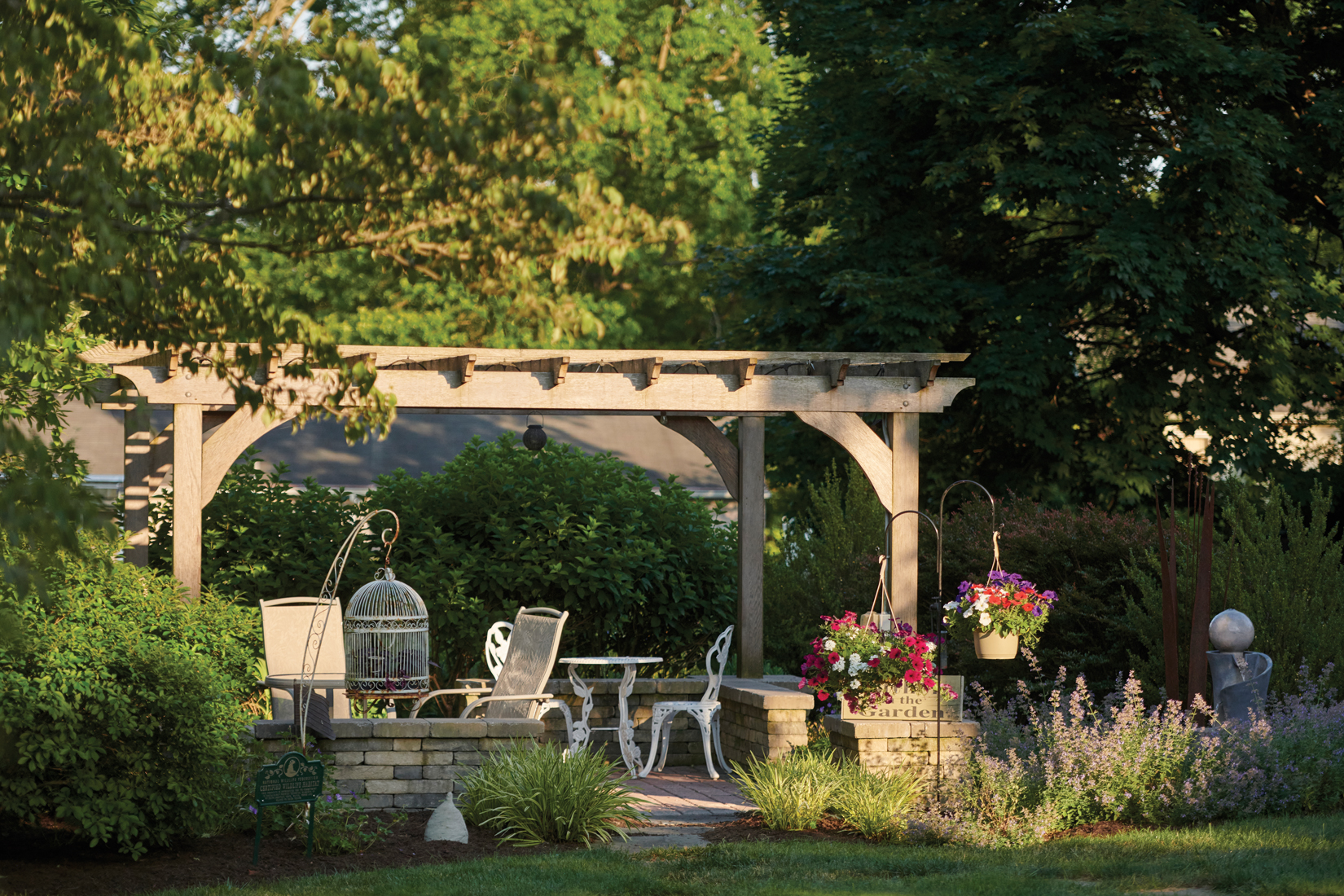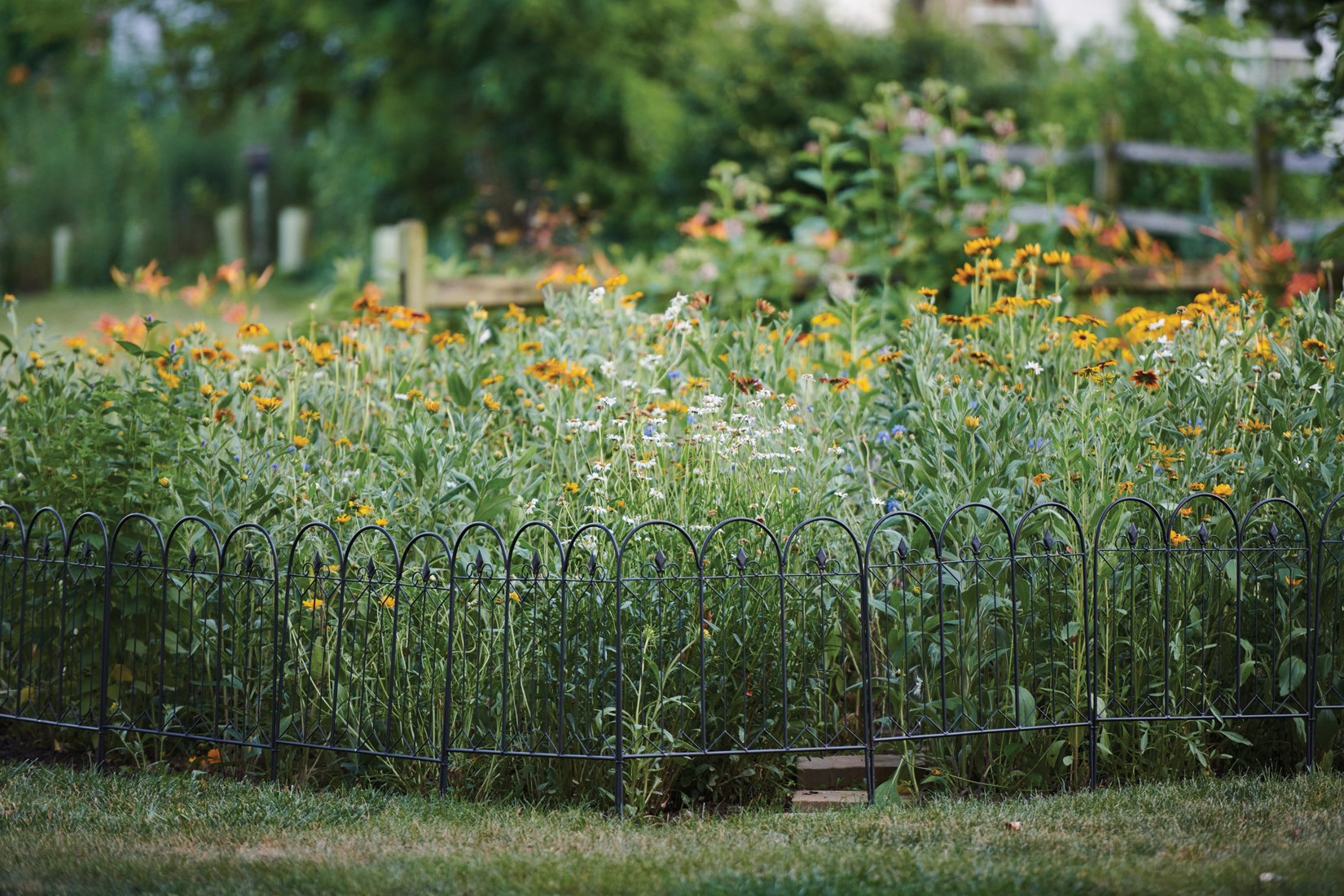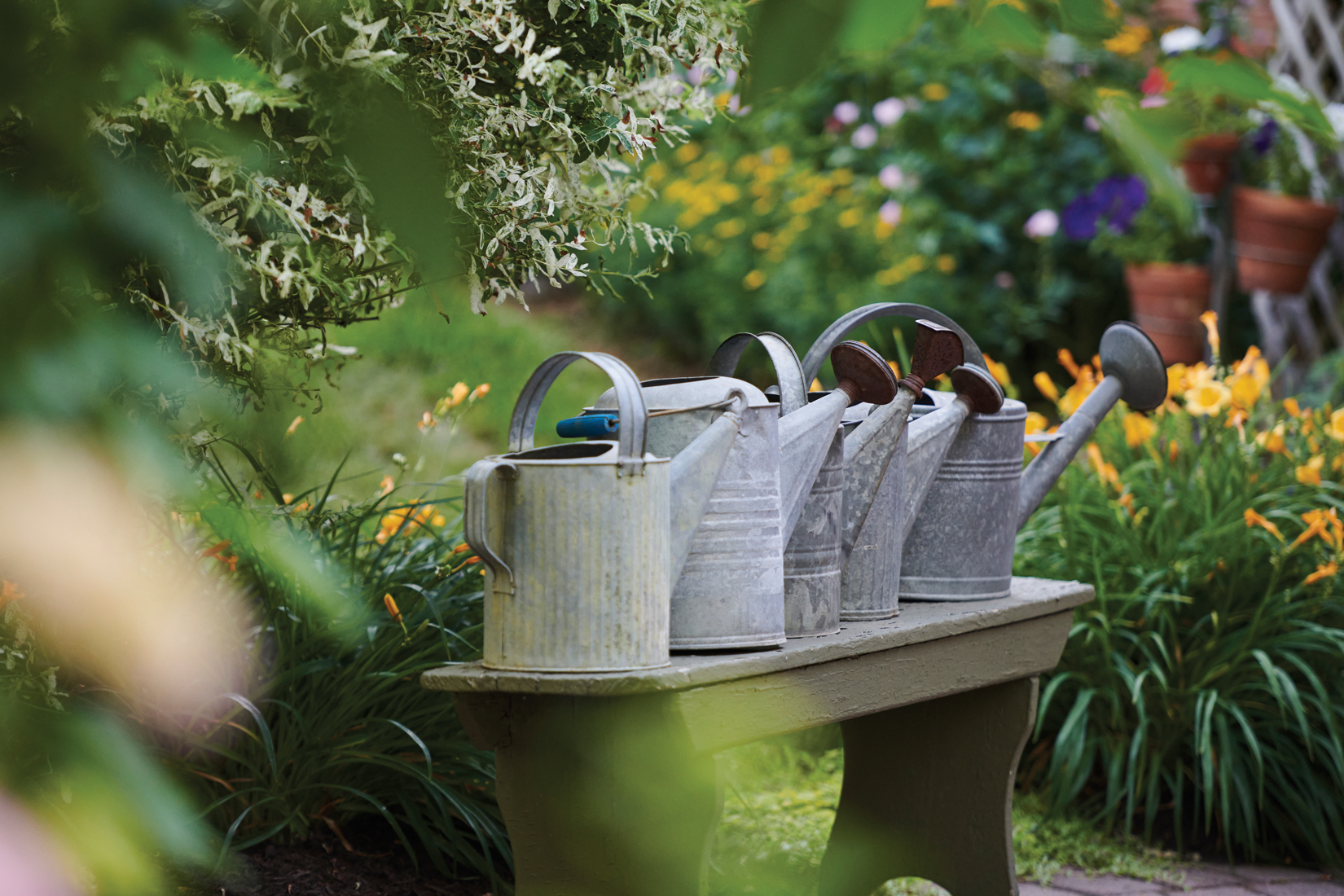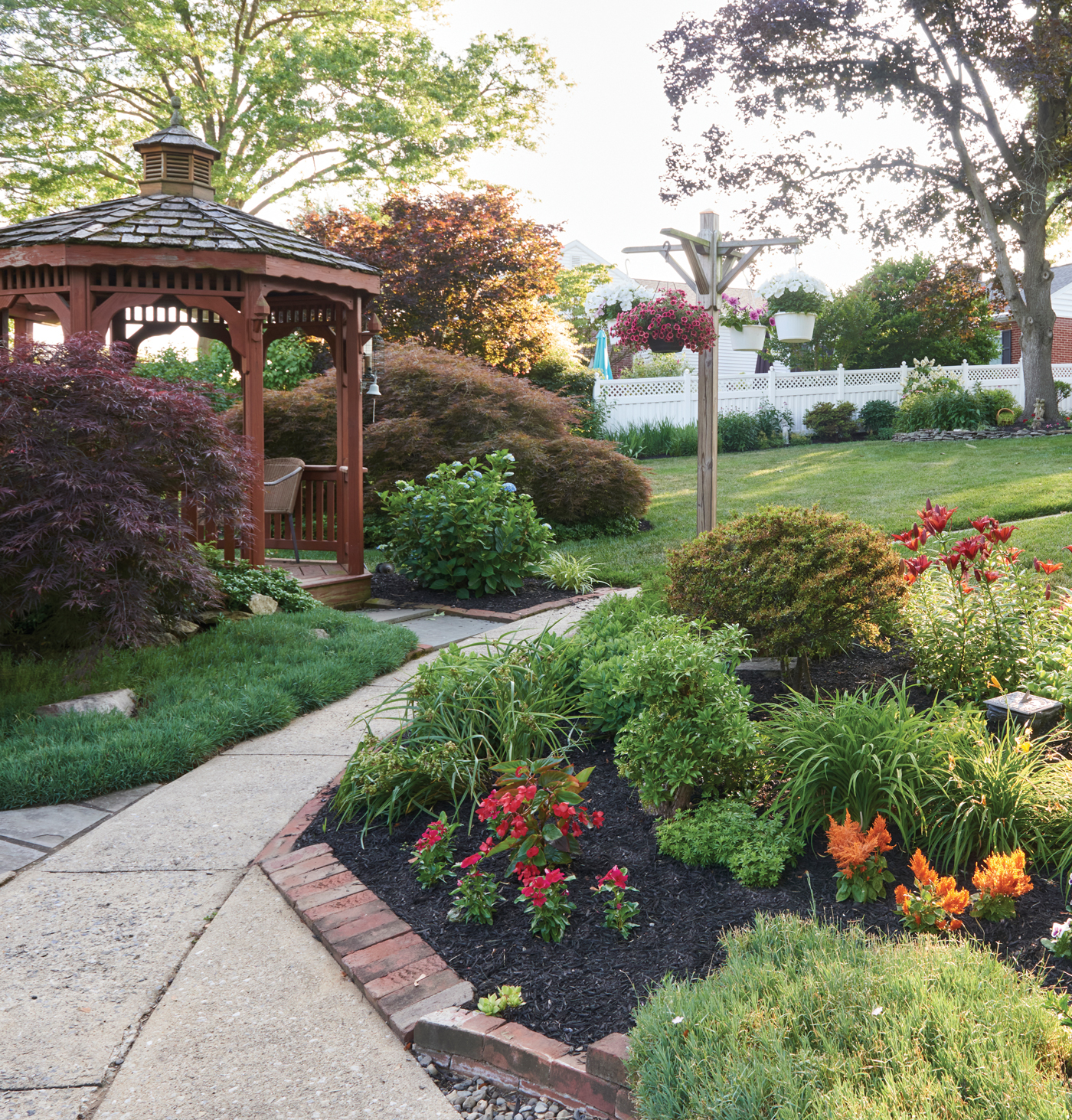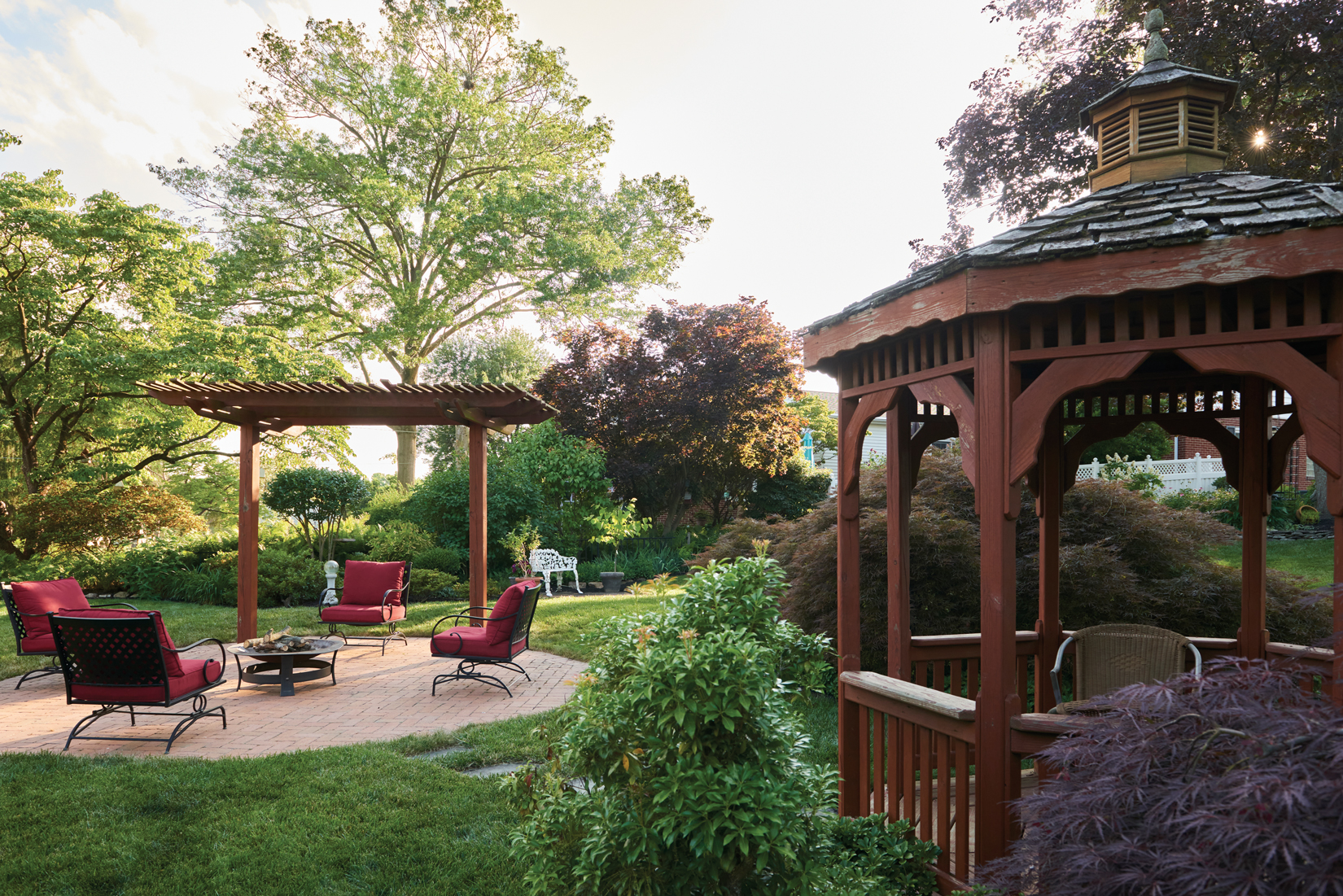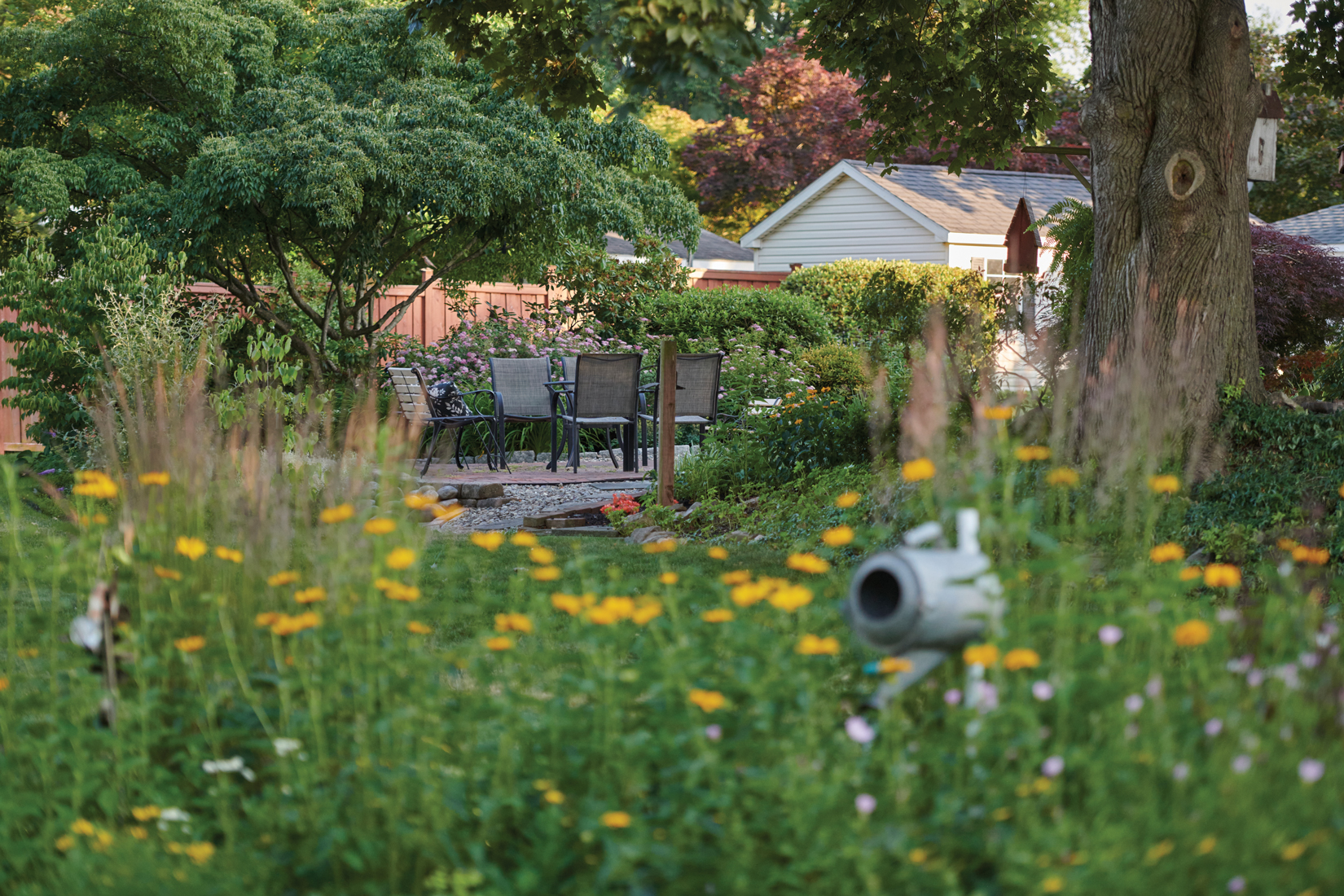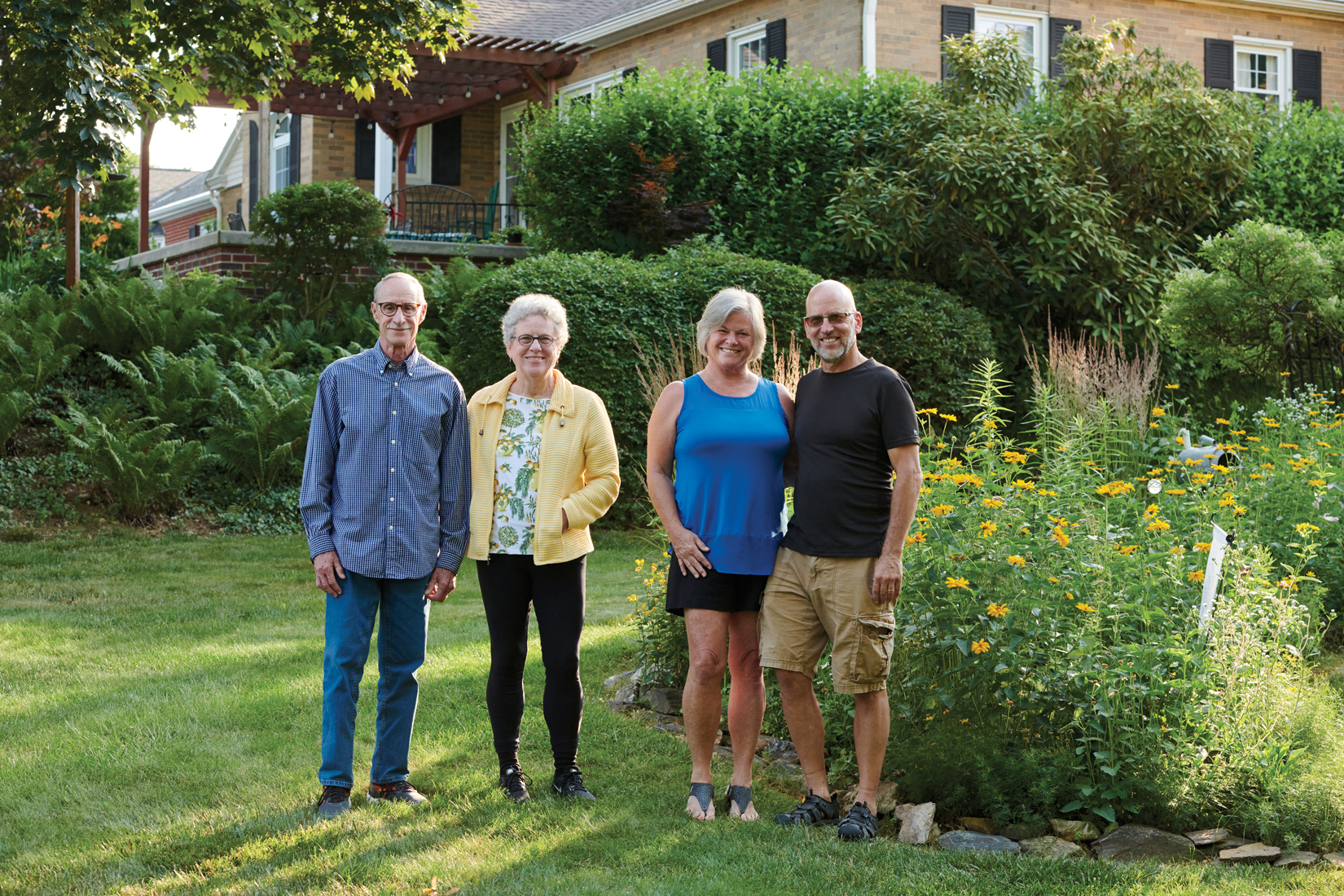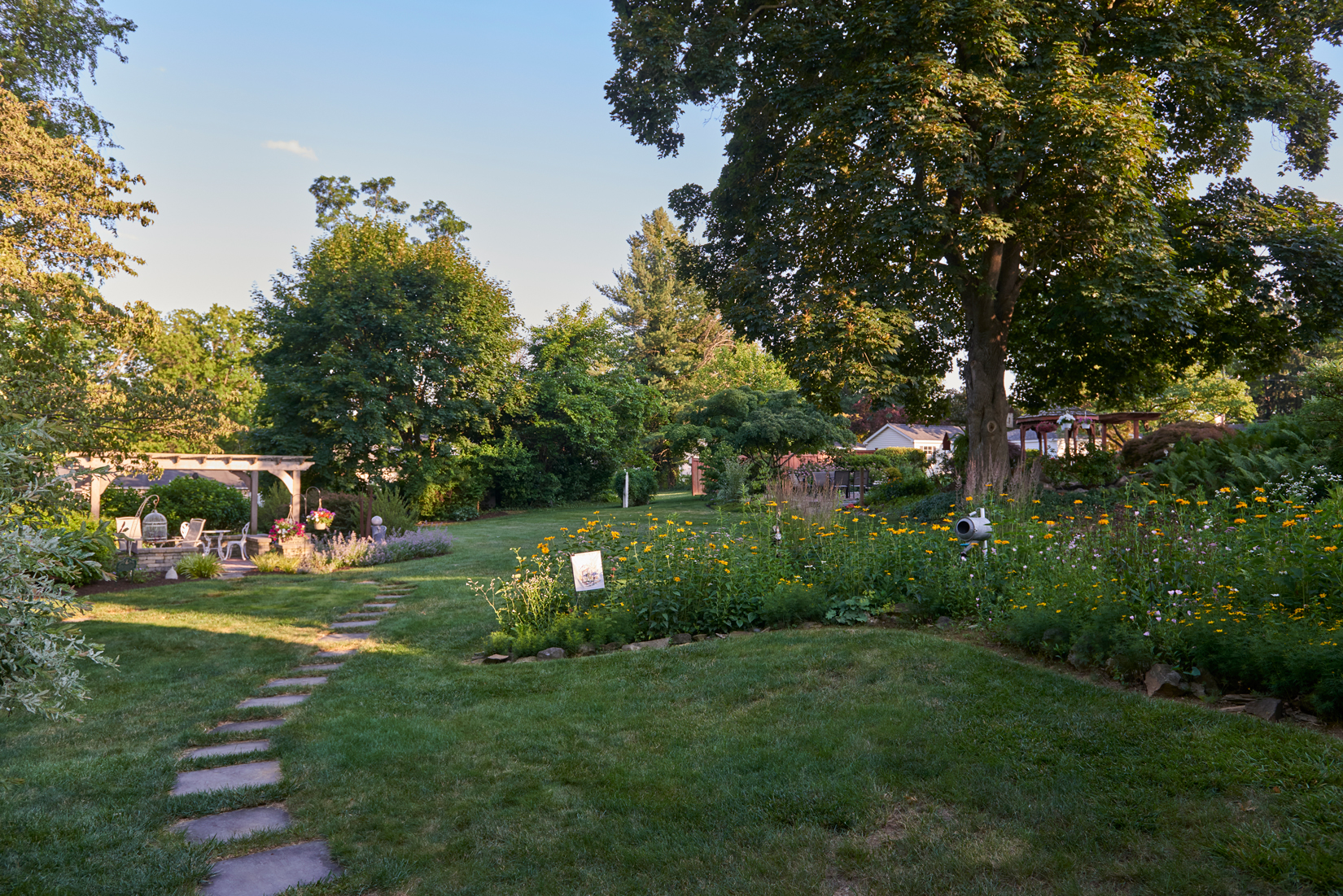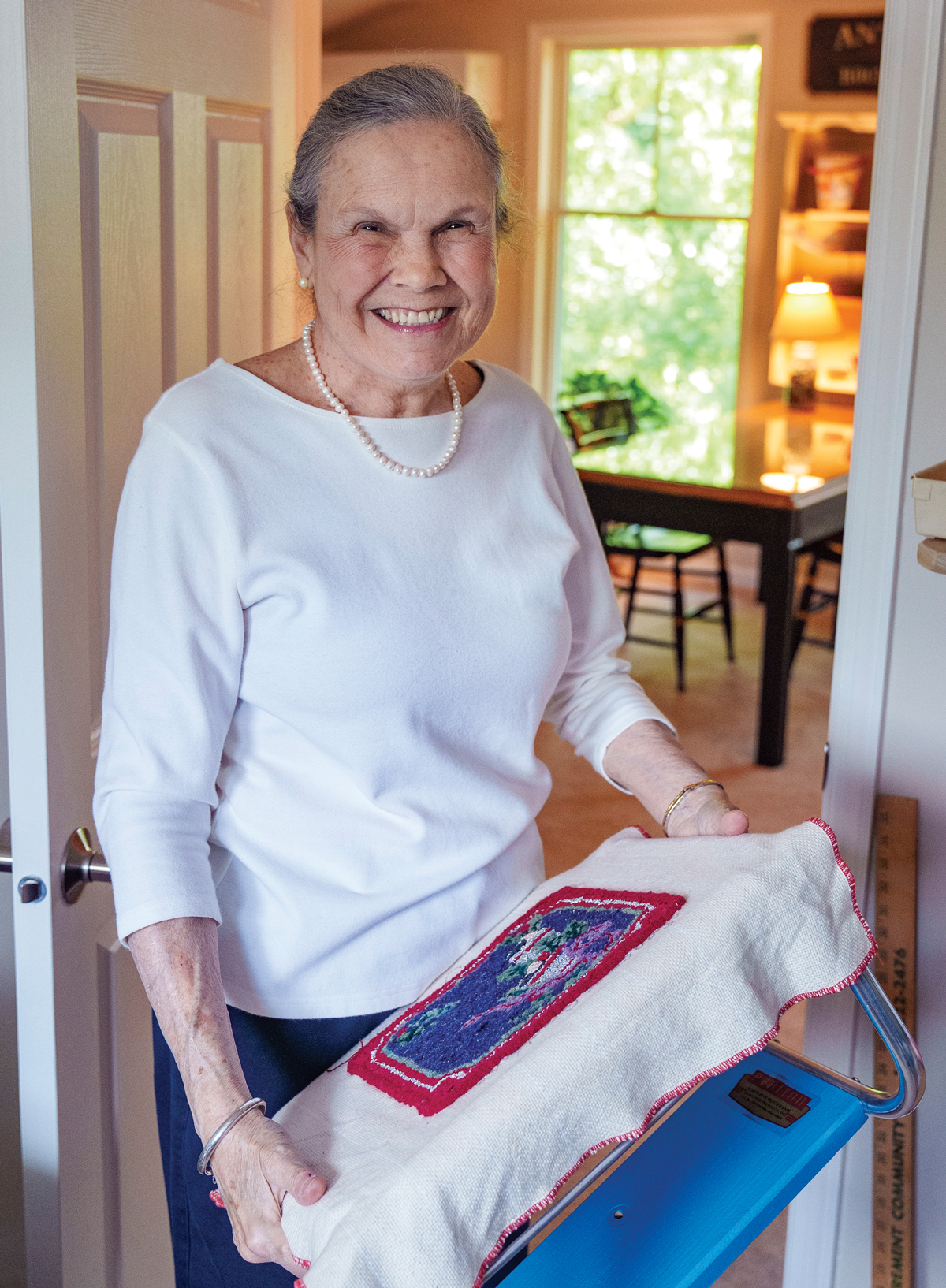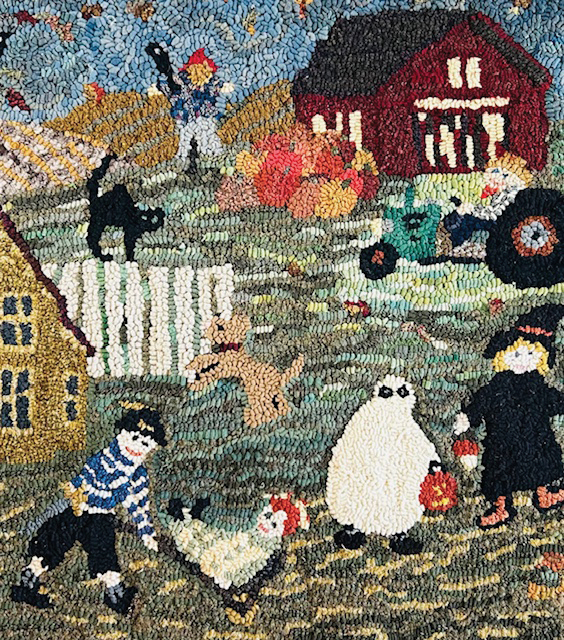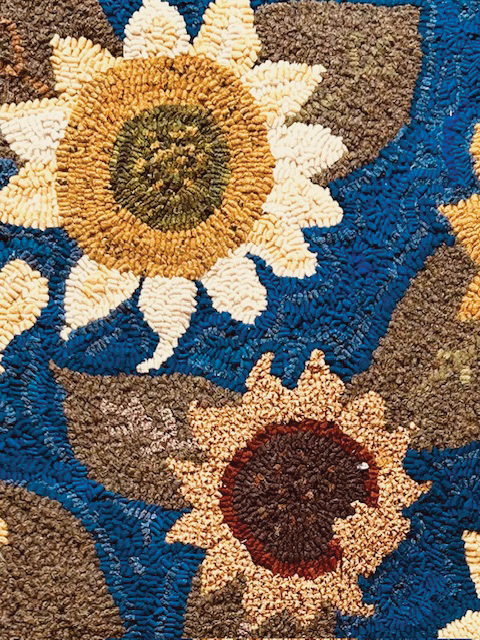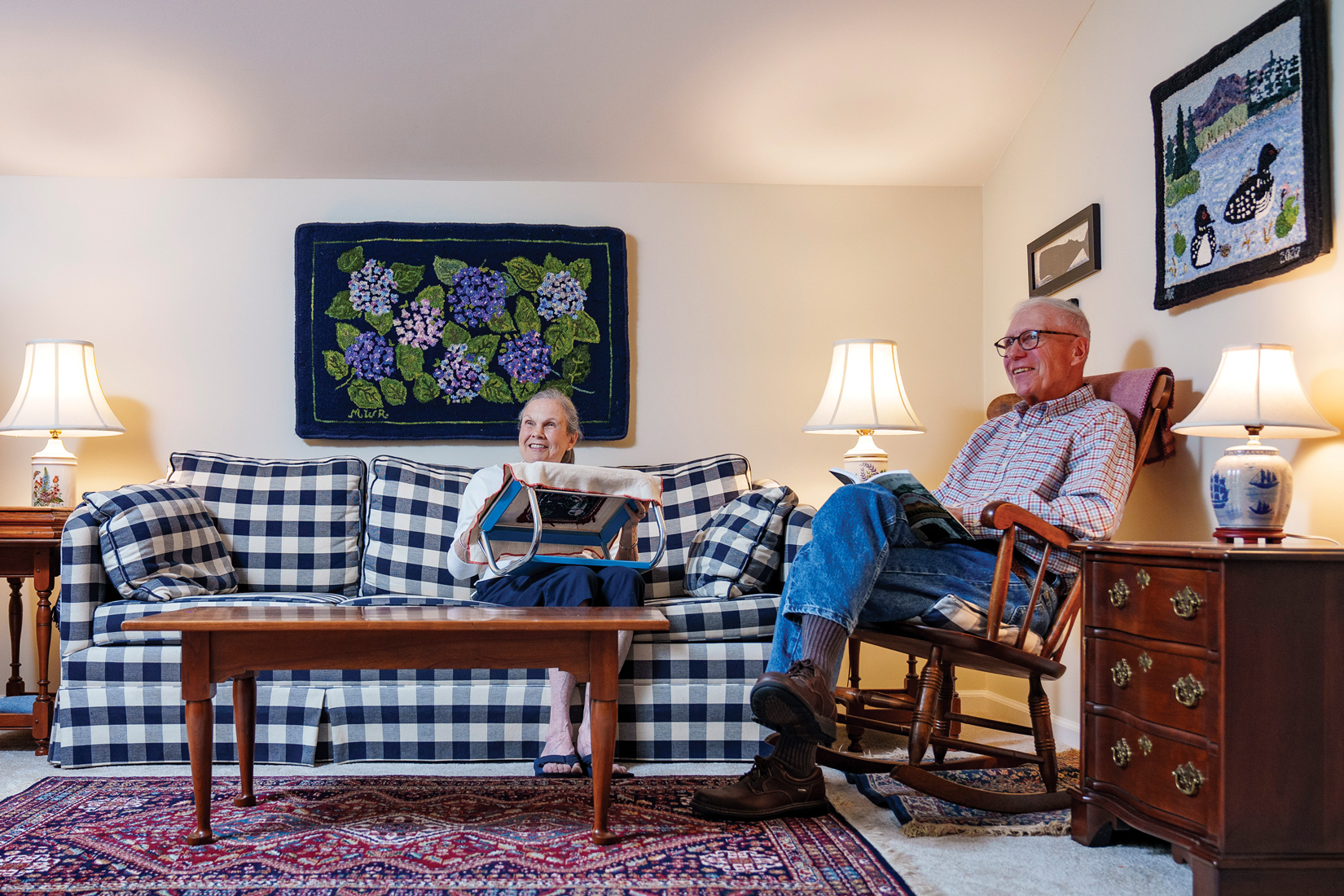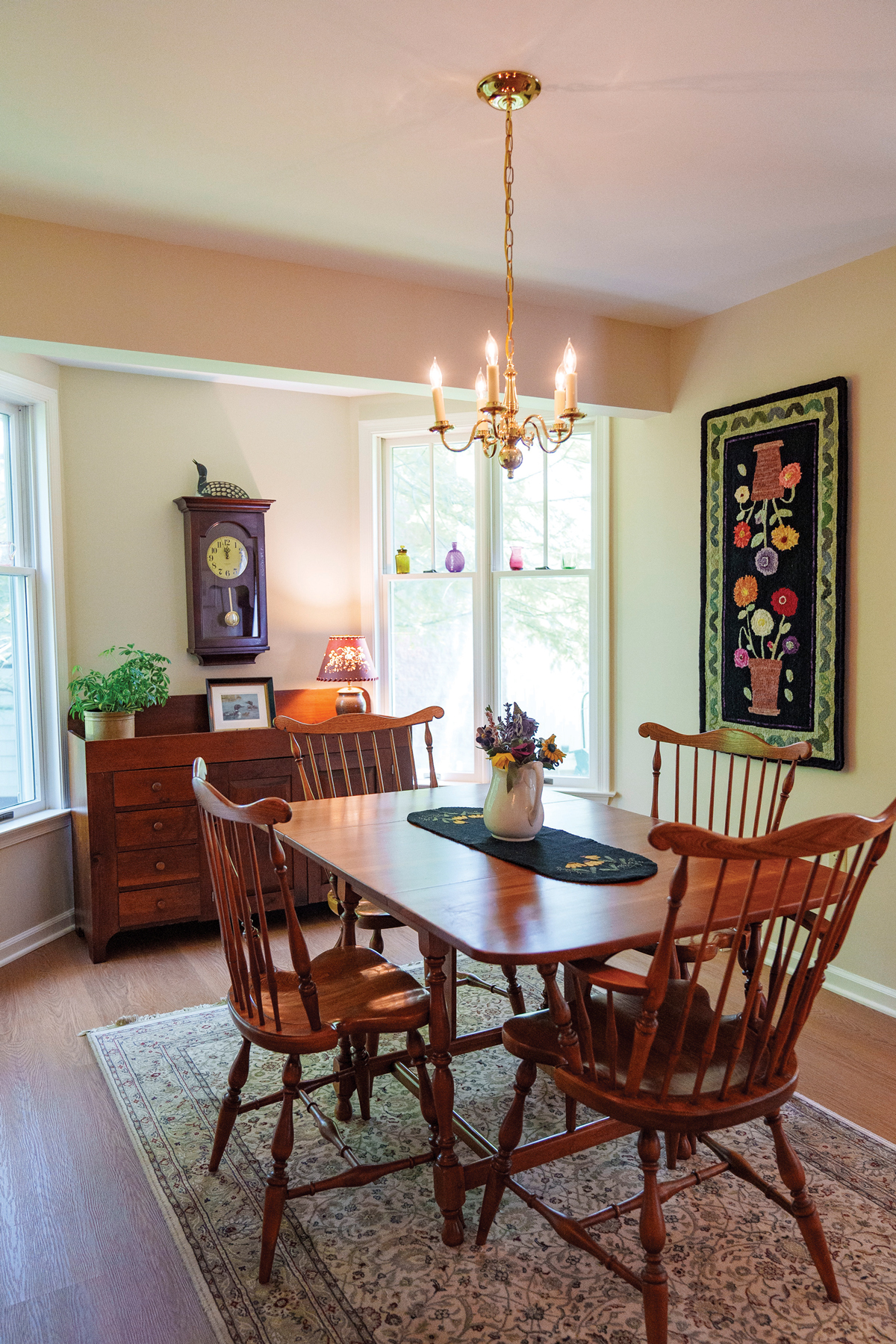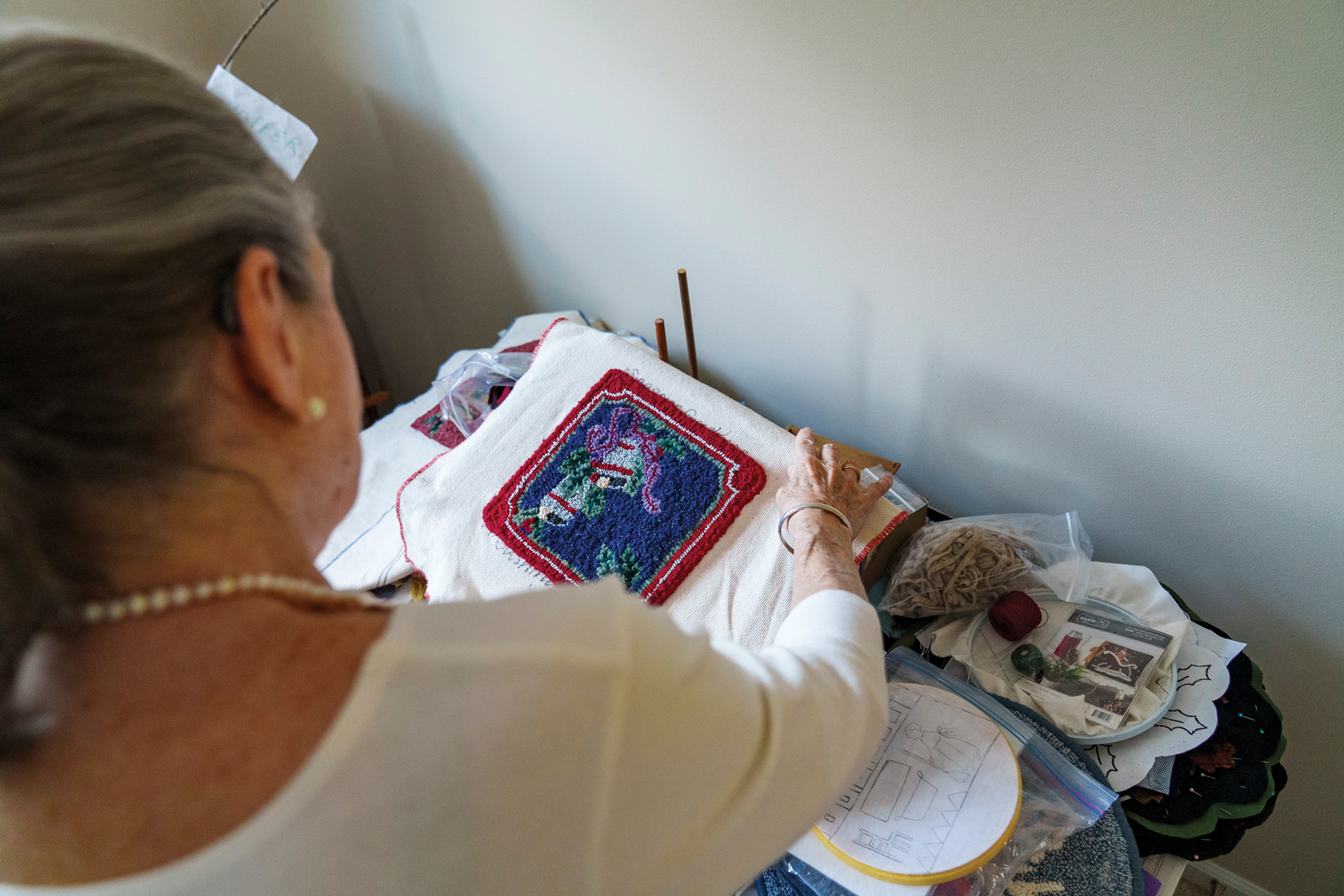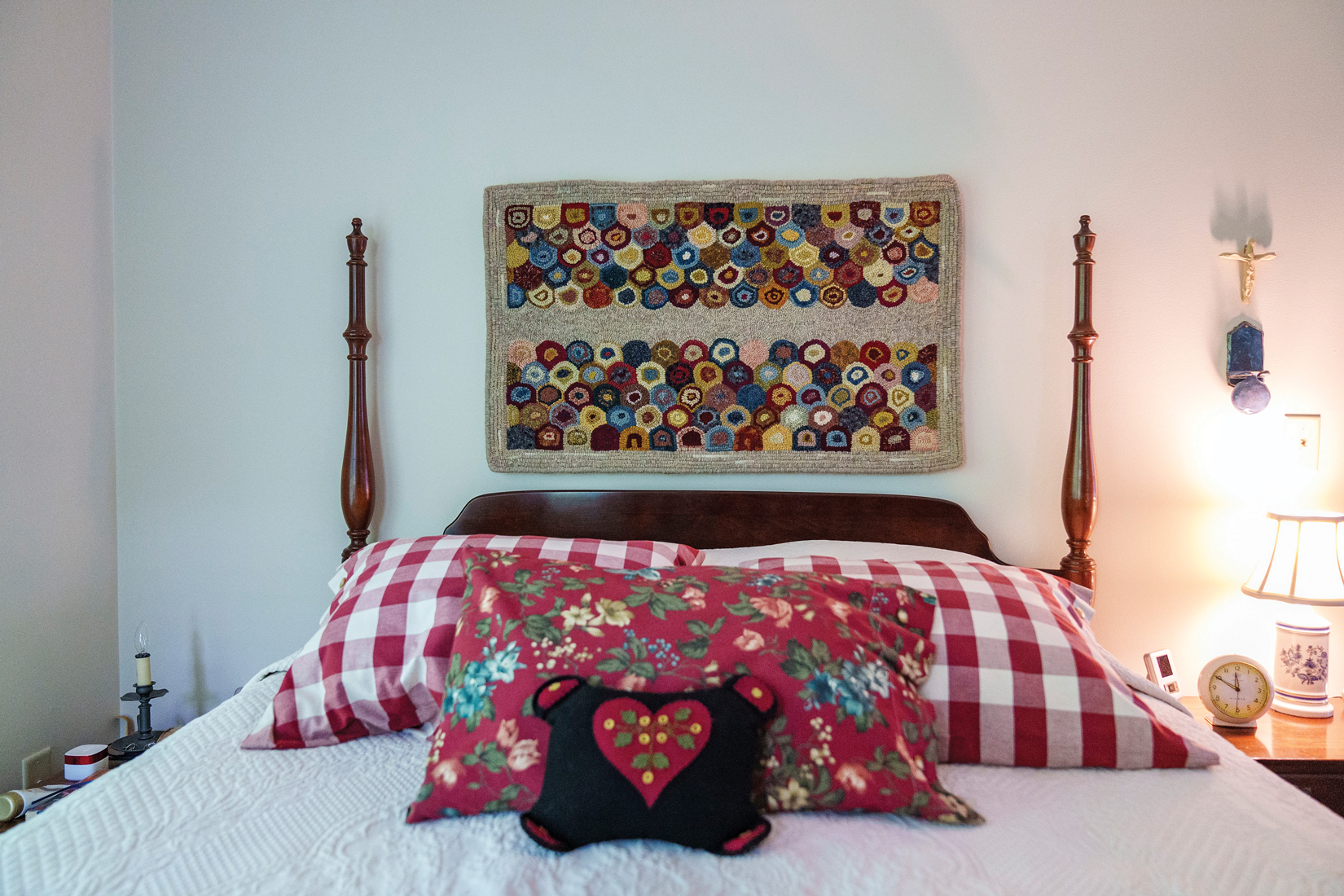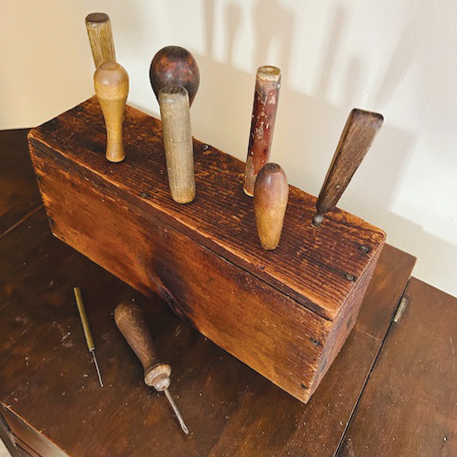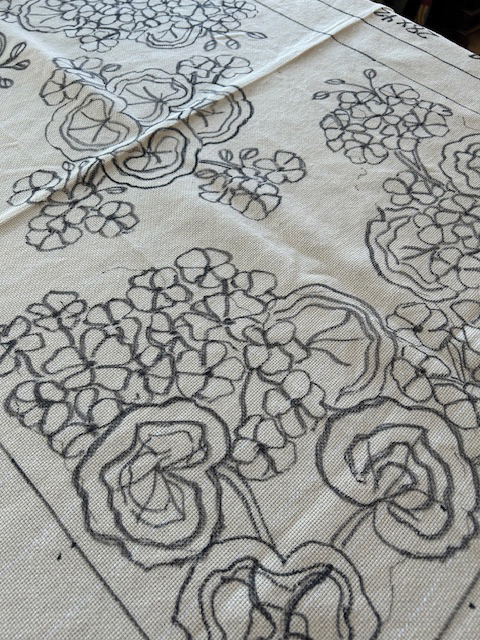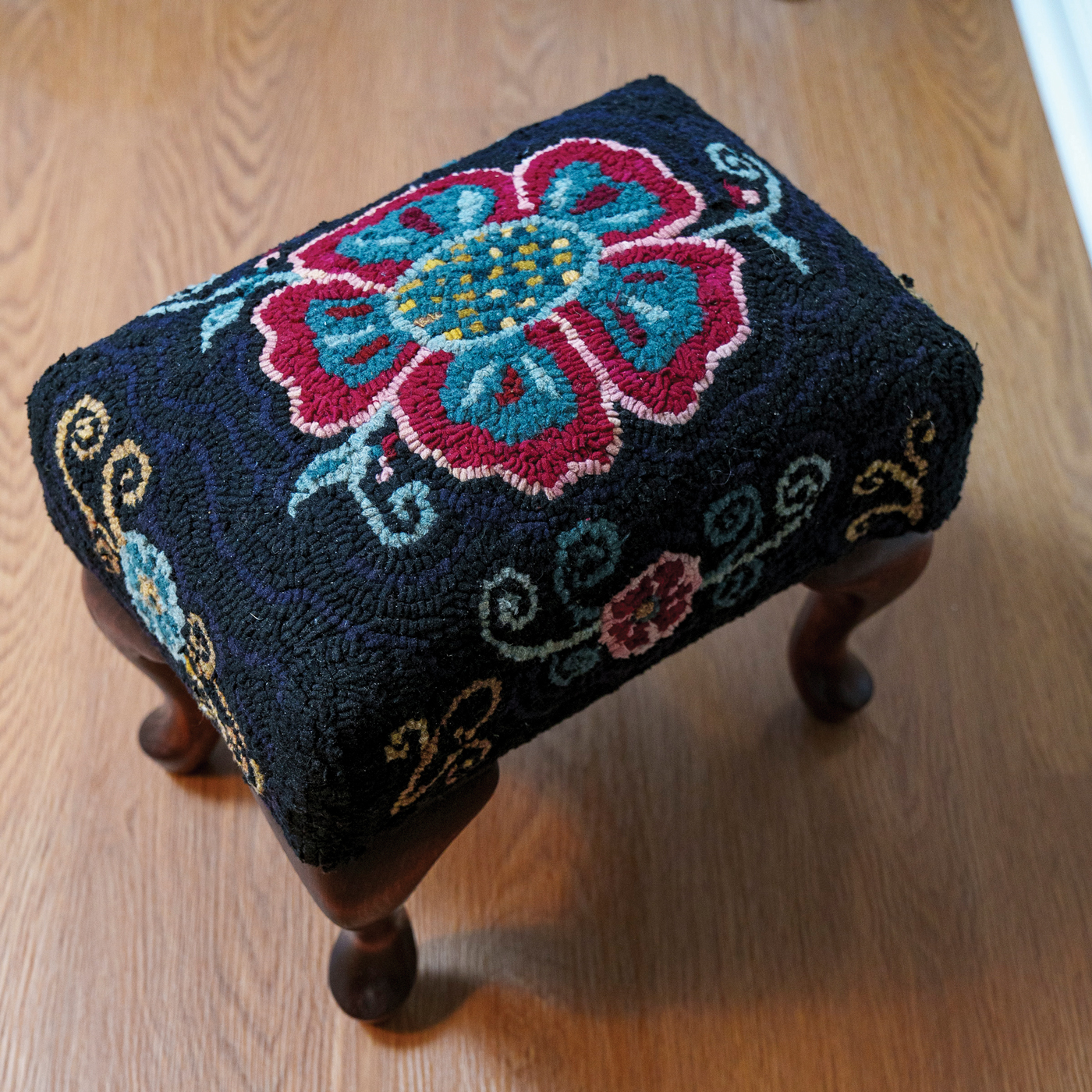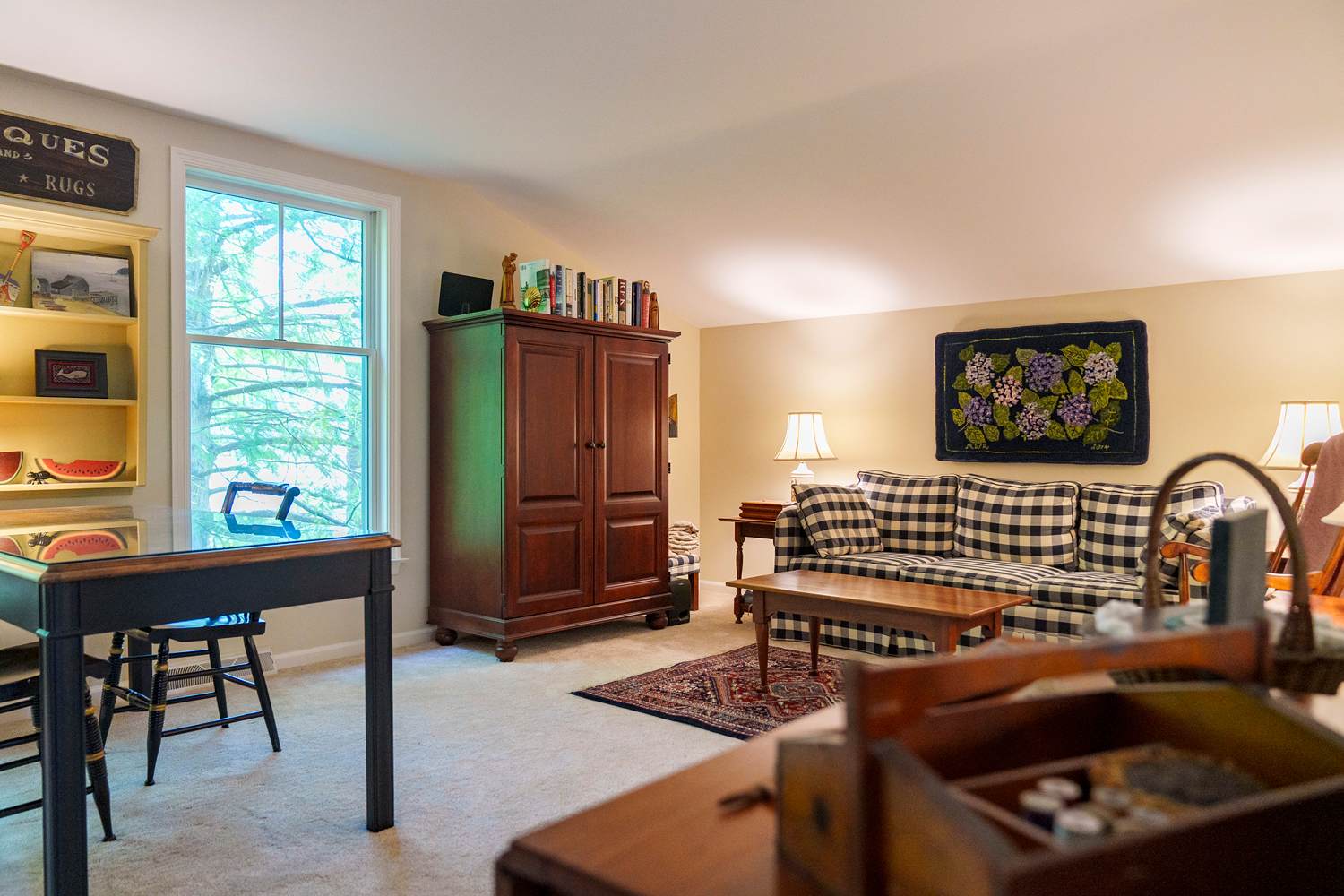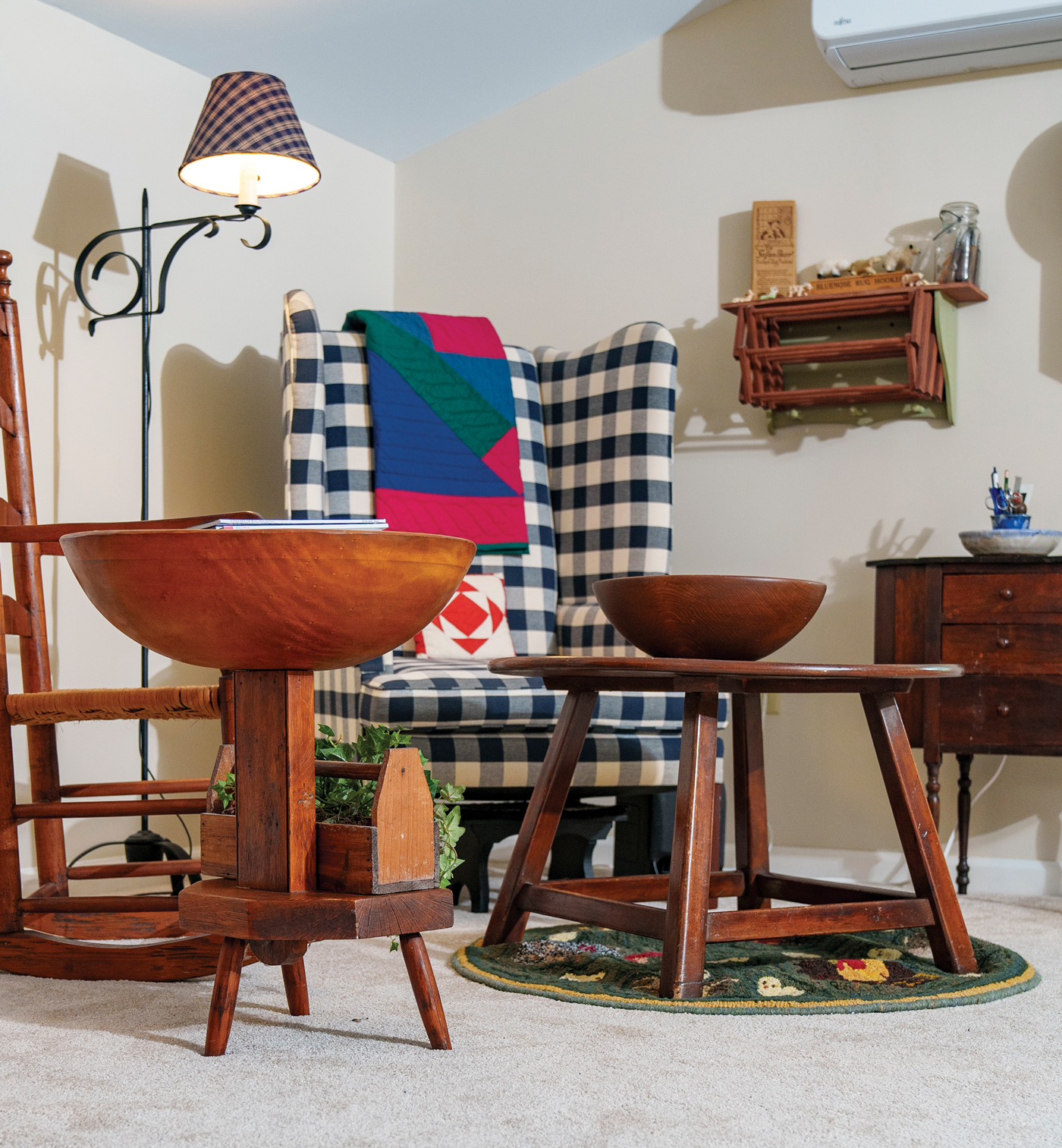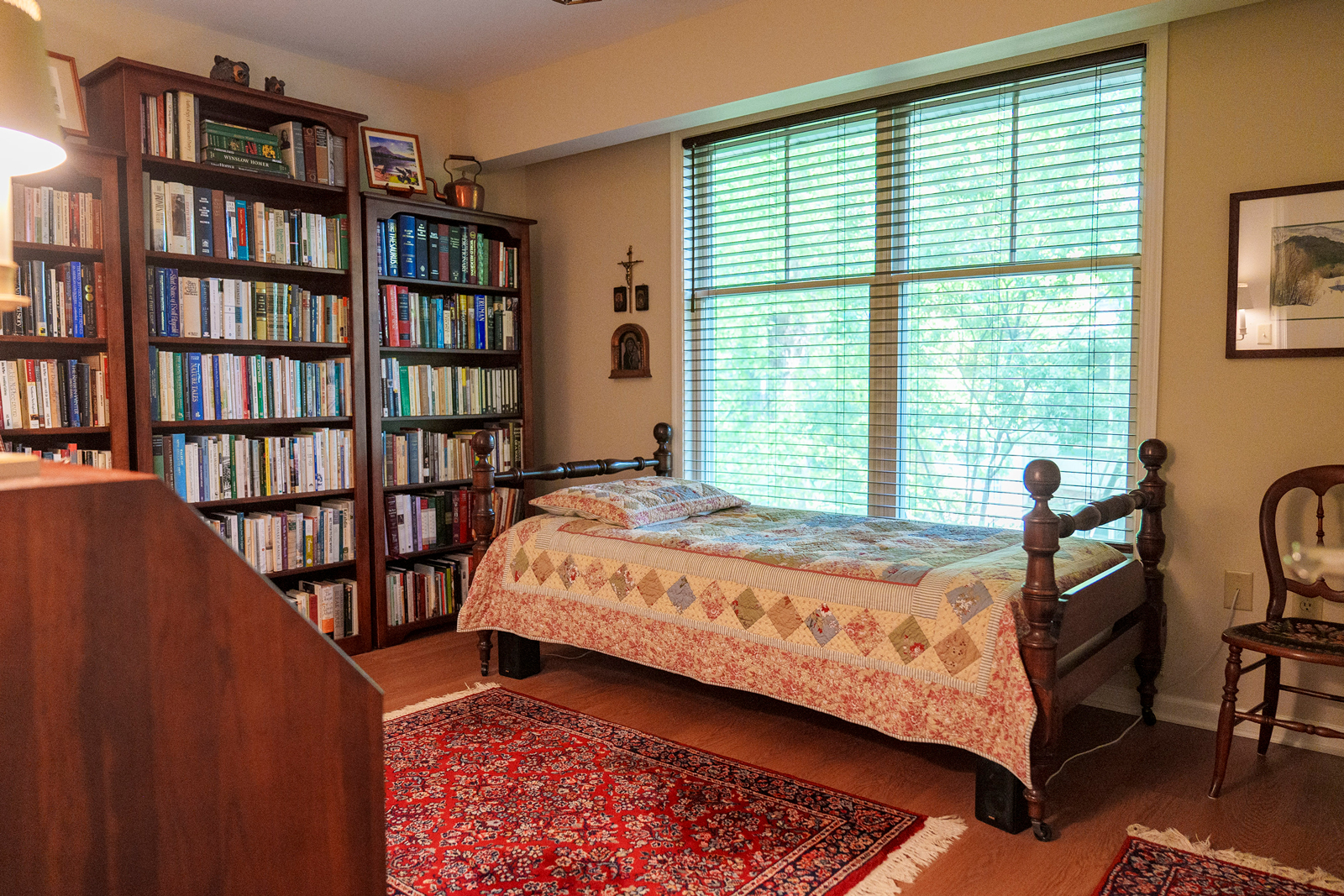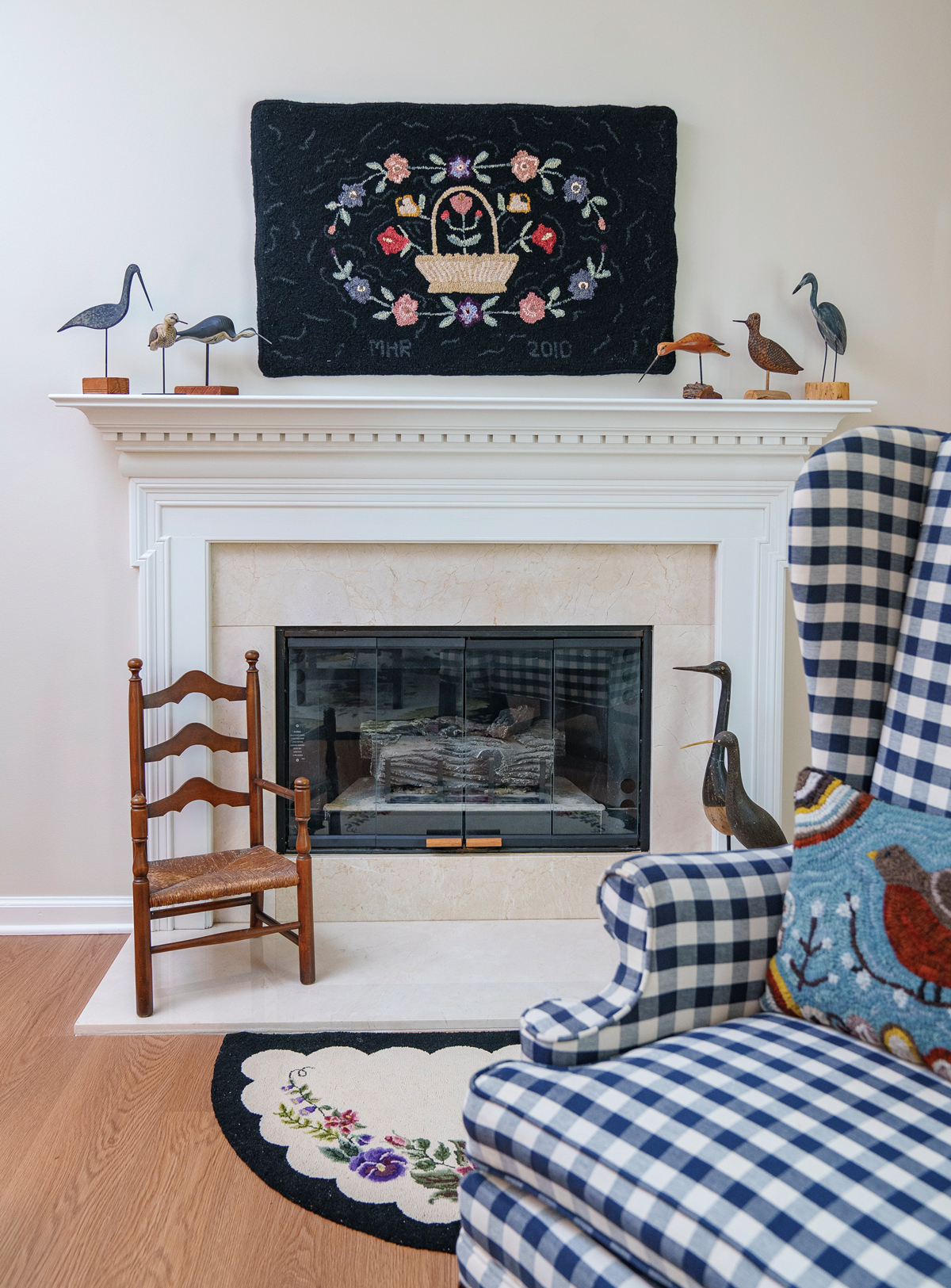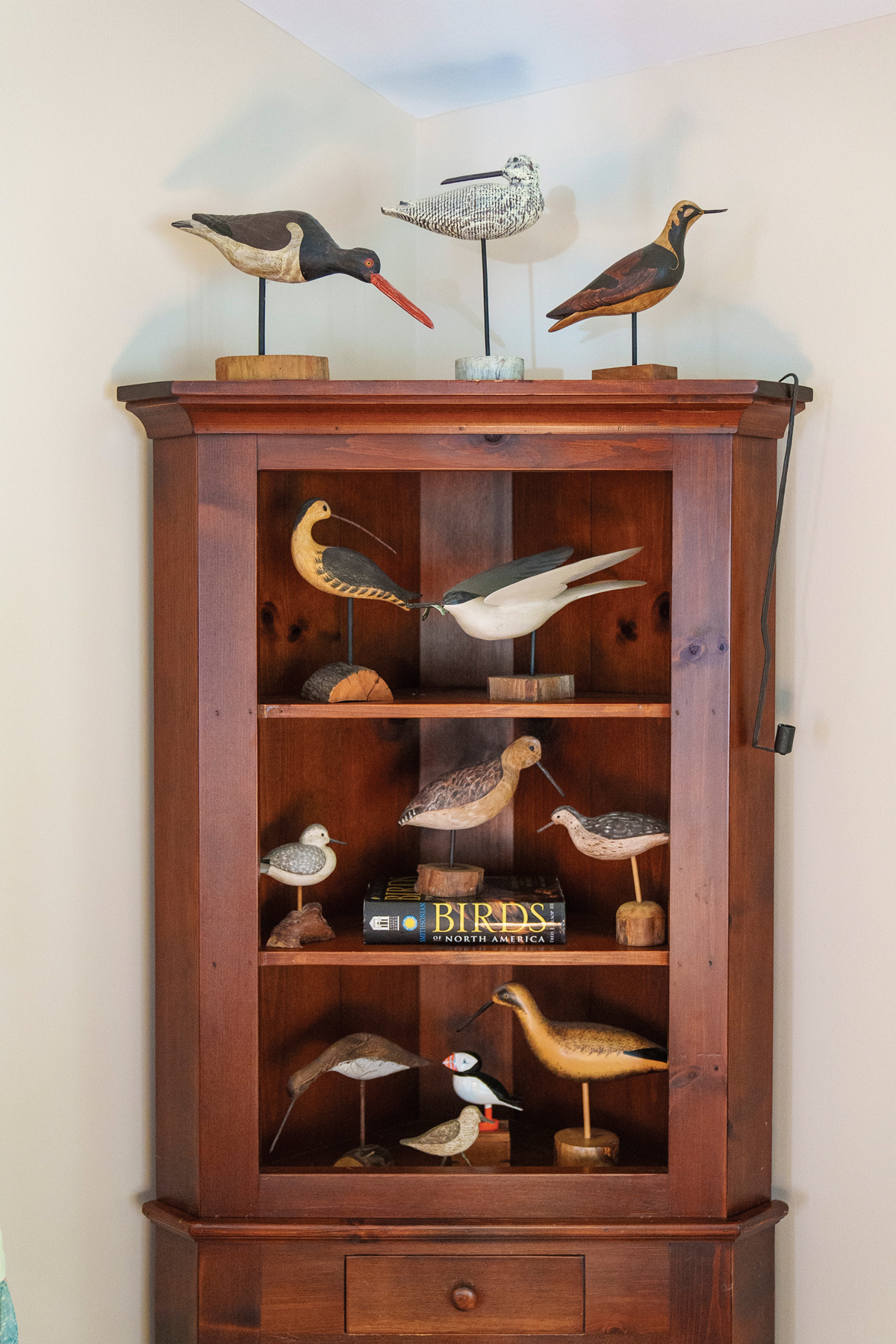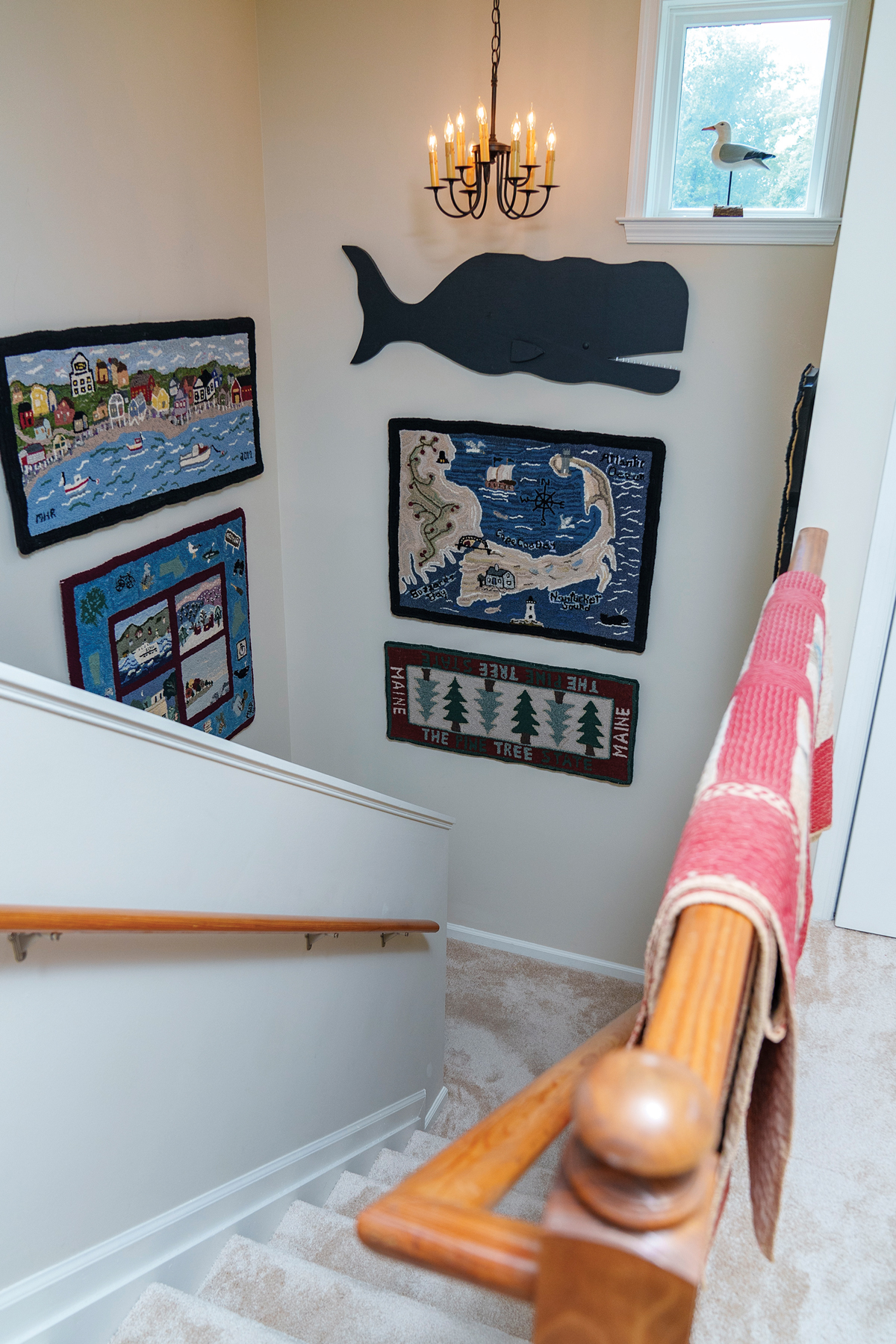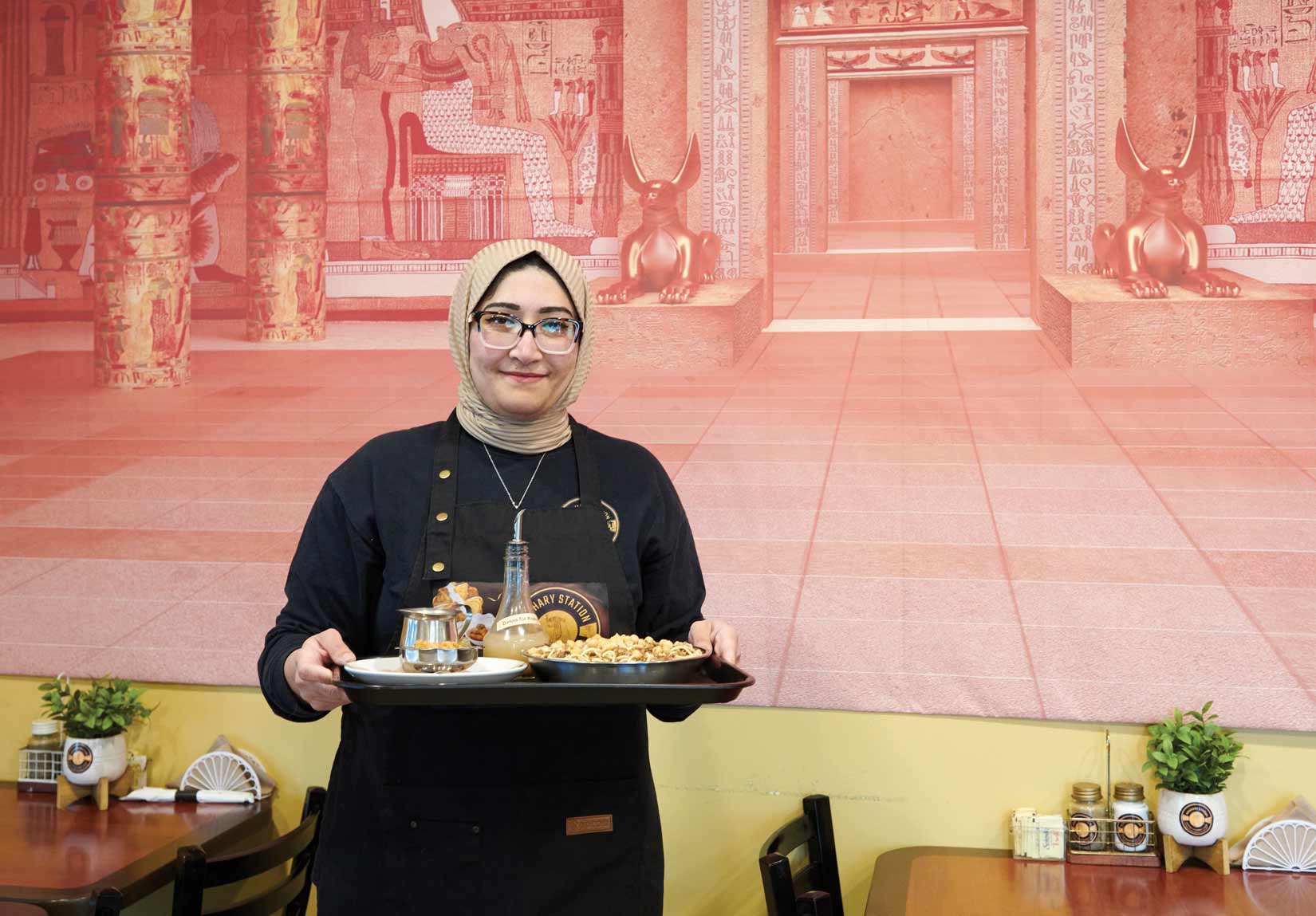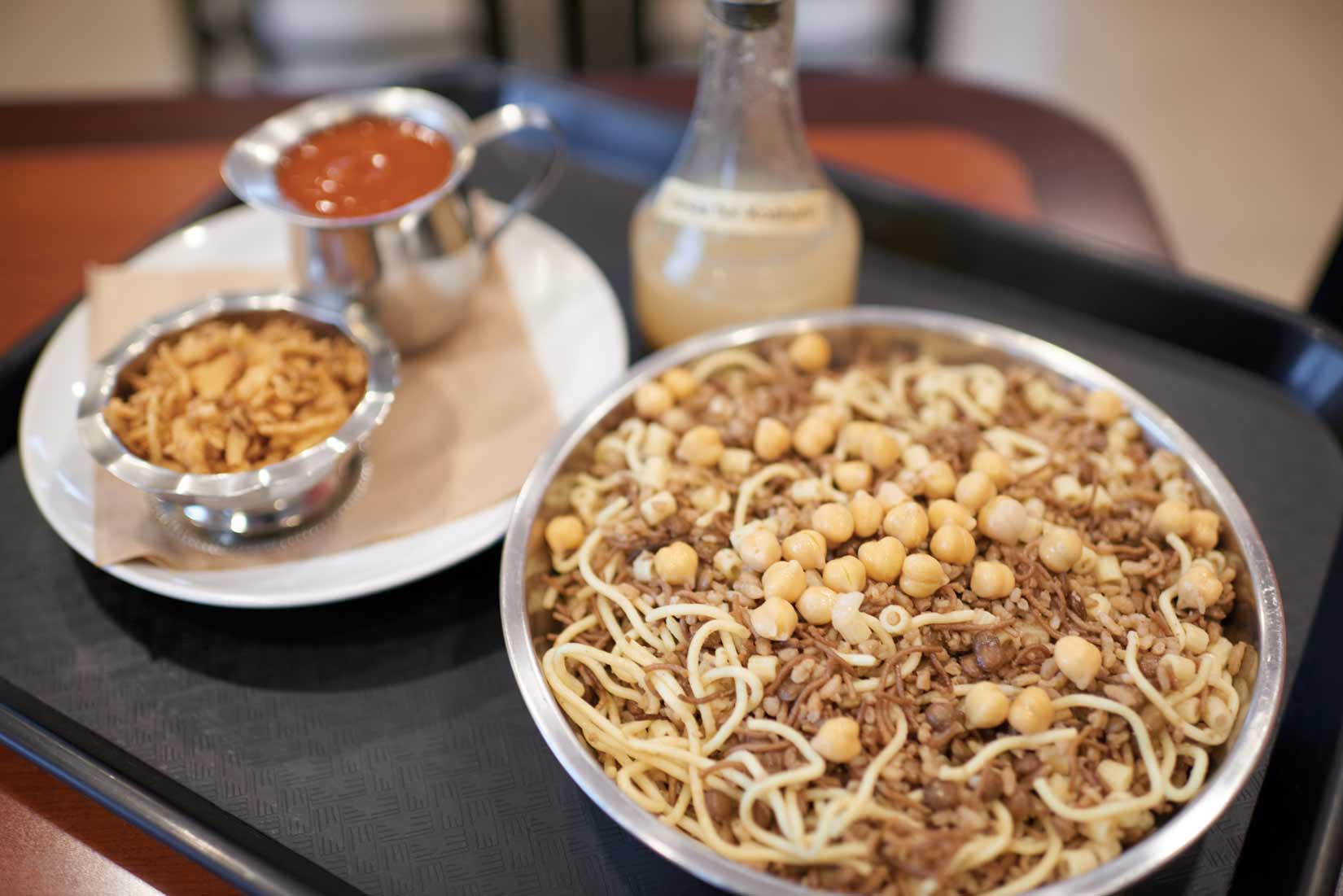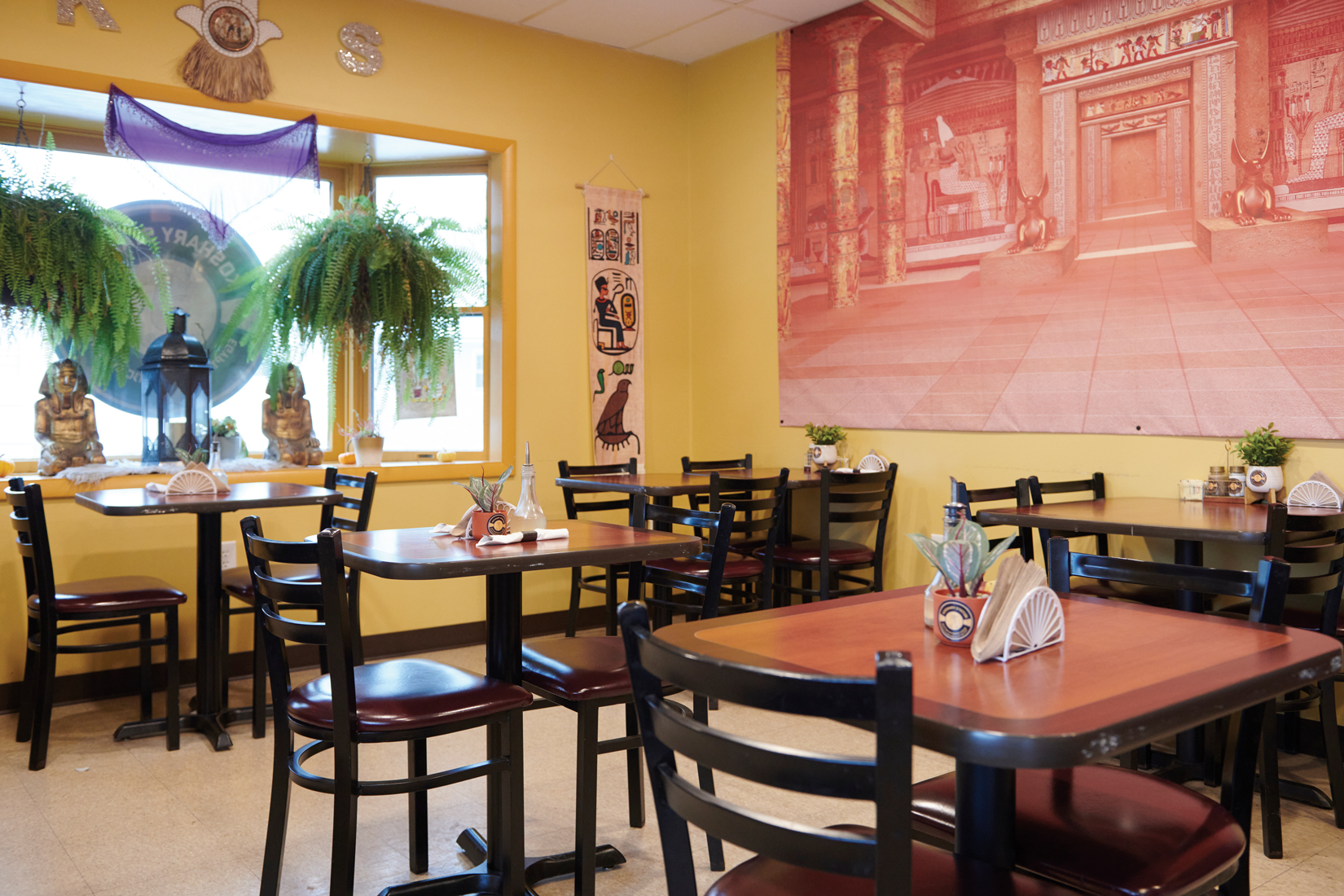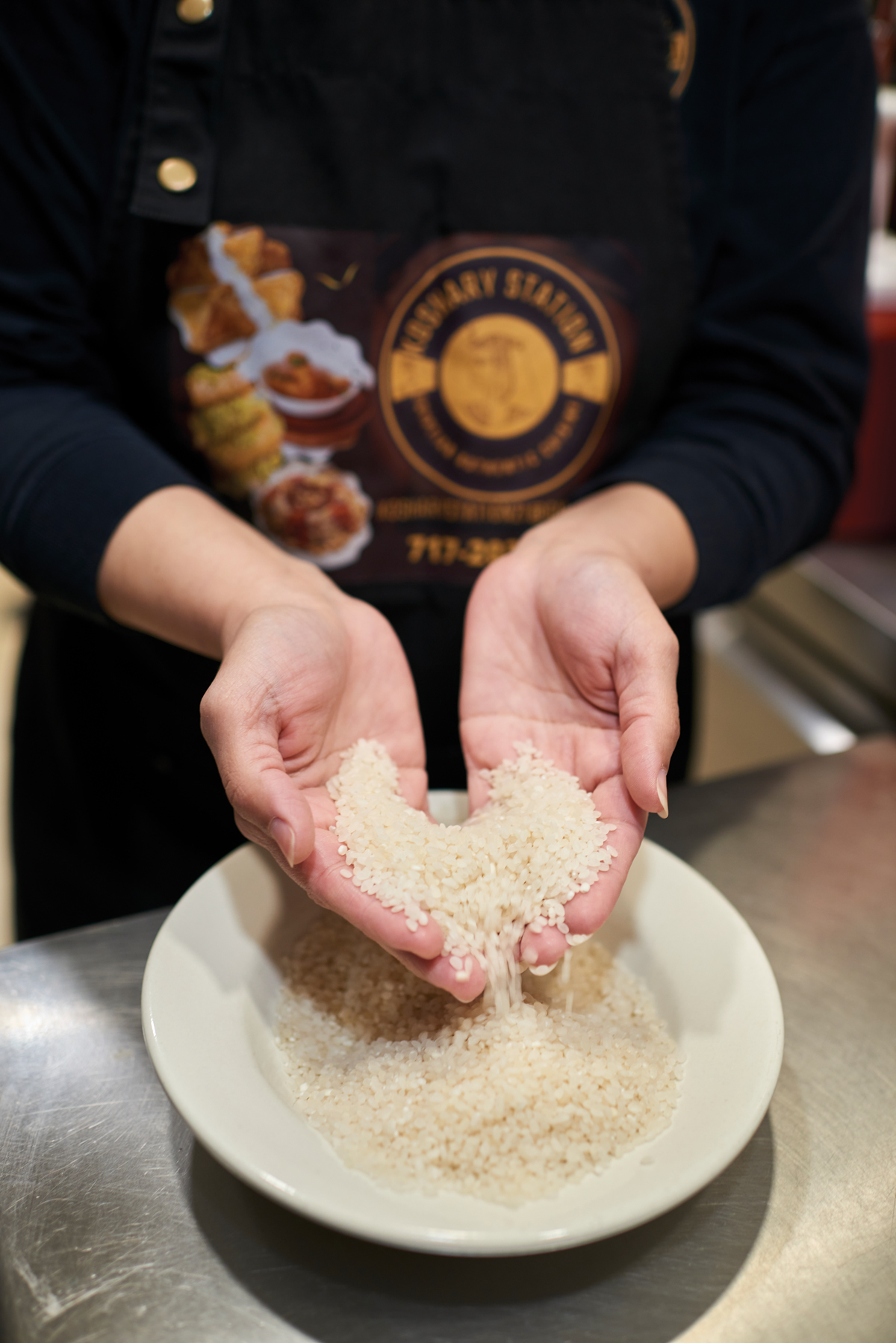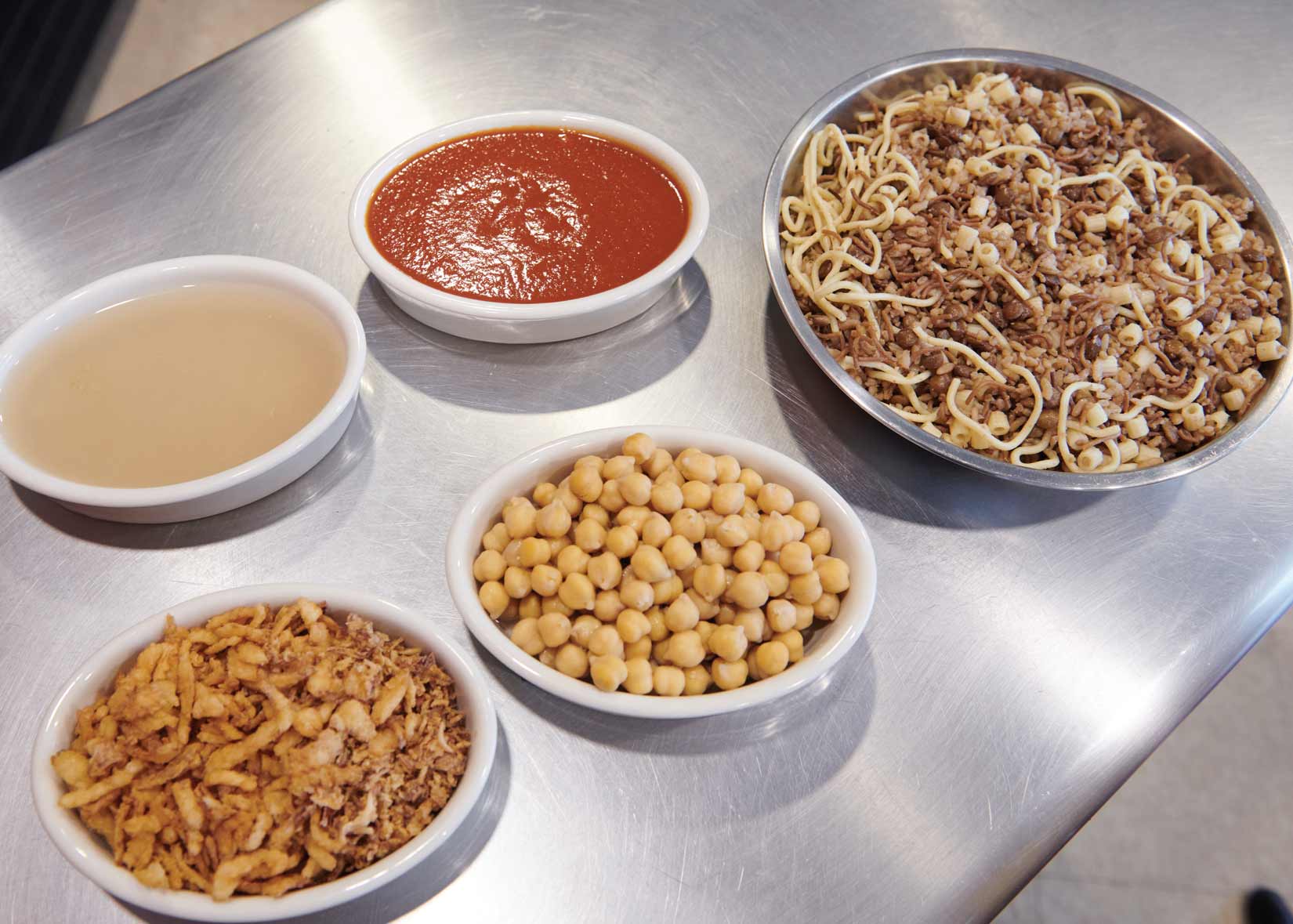Just when we’ve gotten comfortable with pristine white walls, bare windows and clutter-free kitchens, “they’ve” gone and turned the tables on us. Now, concepts such as clustering, mix and max, intentional clutter and maximalism are words to decorate by. It seems we’re living in a “more is more” world.
When I began reading about maximalism, I immediately thought of the late designer, John Hughes, who began his career in New York with Mario Buatta (the prince of chintz) and ended it back in his hometown of Lancaster. If John was still with us, he’d absolutely love this concept. His home in Manheim Township exemplified maximalism, right down to the Christmas trees that were on view throughout the year. He loved color, patterns, faux painting techniques and wallpapered ceilings. He carpeted his entire house in animal print. He designed custom draperies and reupholstered furniture using a look he trademarked as “John Hughes Couture.” He loved books (and built a fab library addition to the house in which to display them). He also loved beautiful objects and antiques. To this day, I think of him when I decorate my dining room chandelier for the holidays (all of them), which was a decorating ploy I learned from him. When it came to decorating, his motto was “Why do when you can overdo?”
John was also a fashionista. One time he berated me for my handbag, saying it looked like something Dora the Explorer would carry. I immediately went to a Coach store and invested in a new bag. When I showed up for lunch at the Belvedere wearing a leather jacket, he paraded me around the bar, raving about my new look. John also wore the most gorgeous brooches on his blazers and sport coats (something I now notice on all the televised red-carpet events). How one man was blessed with the talent and style he possessed was mind-boggling.
The Look
House Beautiful magazine, which calls maximalism “the biggest trend of 2025,” is aware that home decorators may initially confuse the term with clutter and goes on to point out that the word signifies messy, as when you come in the door from work with grocery bags and mail that get deposited on a table (or the kitchen island), where they join school permission slips, the dog’s leash and other items. The result is visual chaos.
On the other hand, maximalism, according to Pinterest, involves an intentional manner in which beloved objects, found items and collections are displayed in such a way that somehow, they work together. As John explained it many years ago, achieving an eclectic (or maximal) look, “is a delicate balance. But if you take something that is fabulous on its own, it’ll work with anything. The different parts make for a homogenous whole.” Pinterest reports that searches using terms such as “eclectic maximalism” have increased 215% over the last year. Searches using the term “vintage maximalism” increased 260% over the same period.
What does maximalism involve? Vivid colors, bold patterns, eclectic prints, layering, art-filled walls, books used as accessories, hobbies, comfortable furnishings and most importantly, all the things that evoke memories, whether they involve family, travel or friends (or all of them). The goal is to make your home a reflection of you and your life experiences, i.e., it’s your personal statement. Apparently, people are even putting their staircases into use for display purposes (there goes my filing system!). As John explained it, “Everyone responds to a different aspect of a room, which makes it all the more interesting. There’s always something to look at. People can’t pinpoint why they like it – they just like the way it looks. Even if someone returns time and again, they’ll notice something they didn’t see before.”
Reading about maximalism and studying photos made me think back to a project of John’s that appeared in the June 2008 issue of LCM. He undertook a whole-house makeover for a client that borrowed from the salon look. “What the heck is that?” I asked him, to which he replied, “Salon is a confluence of styles.” I suggested he was referring to eclectic styling. “No, eclectic is American, salon is French.”
It was time to hit the Internet. I discovered “salon” has multiple meanings. 1. It refers to an elegantly appointed sitting room in which guests are received and entertained. 2: It refers to a gathering of people involved in the worlds of art, literature, music, politics, science, etc. 3: It refers to a place of beauty, fashion and art. Put them together and you have the makings for a salon-style room that has worked for centuries and continues to evolve.
As John explained it, comfort was and is key. Groupings of furniture allow for guests to engage in personal conversations. According to John, the most successful hostesses in the 17th and 18th centuries invited guests into homes that conveyed a global style. “The British are best at putting it all together and making it look cohesive,” John opined. “But it’s the French who gave [the salon look] its ultimate style or shall we say, je nu se quoi. We’ve amalgamated it and made it our own – in America, we call it eclectic.” Seventeen years later, it has evolved into maximalism.
Searching the archives, I found the project. I think it’s withstood the test of time and even offers the look of mix and max. While John admitted it was very upscale, he guaranteed that no matter what you call it – salon, eclectic or mix and max – it can be achieved at all price points. John spoke from experience; he was a master at incorporating items from discount and big box stores into a room that was furnished with priceless antiques. No doubt, he would have loved to poke around in today’s thrift shops. “With all the licensing going on, you can find a designer look in just about any store,” he said. “The trick is working with someone who can execute it.”
In that realm House Beautiful recommends that you start slowly and don’t attempt to achieve maximalism in one shot. Layering in items can take time and patience. And, while you may be tempted to hit every thrift shop, that’s defeating the purpose. Making it personal is the goal.
Garden Room: John layered the décor of the garden room to include a wicker sofa, a French daybed, Chinese porcelain, a Baccarat crystal chandelier, a handcrafted English-style armoire/bar, a Japanese side table, a Hamptons rush chair, a Paley club chair and a contemporary glass table. Hand-painted wallpaper defined the ceiling, while window shades provided privacy or allowed for a view of the garden. Note the mix of fabric patterns.
Family Room: The traditional sofa and love seat (covered in a chintz floral fabric) were paired with a leather wingback, chairs by Charles Eames (circa 1930-50), a George II burled-walnut highboy, classic lamps and ultra-modern tables. The animal-skin carpet pays homage to old-style salons, as well as the modern-day perception as it being the new neutral.
Breakfast Room: Even this simple breakfast room employed layering. The wallpaper mimics shargreen, a wall covering that was made from shark skin and was popular in the 1930s. The ceiling paper is embossed with acanthus leaves. The table is Louis XIV, while the armchairs were purchased at City Folk in Lancaster. The wrought-iron chair is mid-century Italian. The bronze chandelier is French 1920s. The Iris print is from artist Jim Dine.
Living Room: John called the living room’s styling “traditional with a twist.” The homeowner’s chairs were all reupholstered in order to bring them “forward in time” and utilized fabrics such as patent leather, animal skin and damask. Other furnishings included an American-made secretary, a George III parcel-gilt console, a Karges sofa, an Italian ottoman and a lacquered tray-table. The Kermin rug is circa 1960s. The ceiling was papered while the molding was faux painted. The draperies were John’s design.
Dining Room: The classic dining room was anchored by a George III reproduction table and Queen Anne chairs, the seats of which were “petticoated” with contrasting/complementary fabric. Other elements include a Sheraton sideboard, Chinese porcelain, a George II mirror and a French Bombay commode. Again, the ceiling was papered and the moldings faux painted. The chandelier was discovered in the homeowner’s basement.

